35mm Film

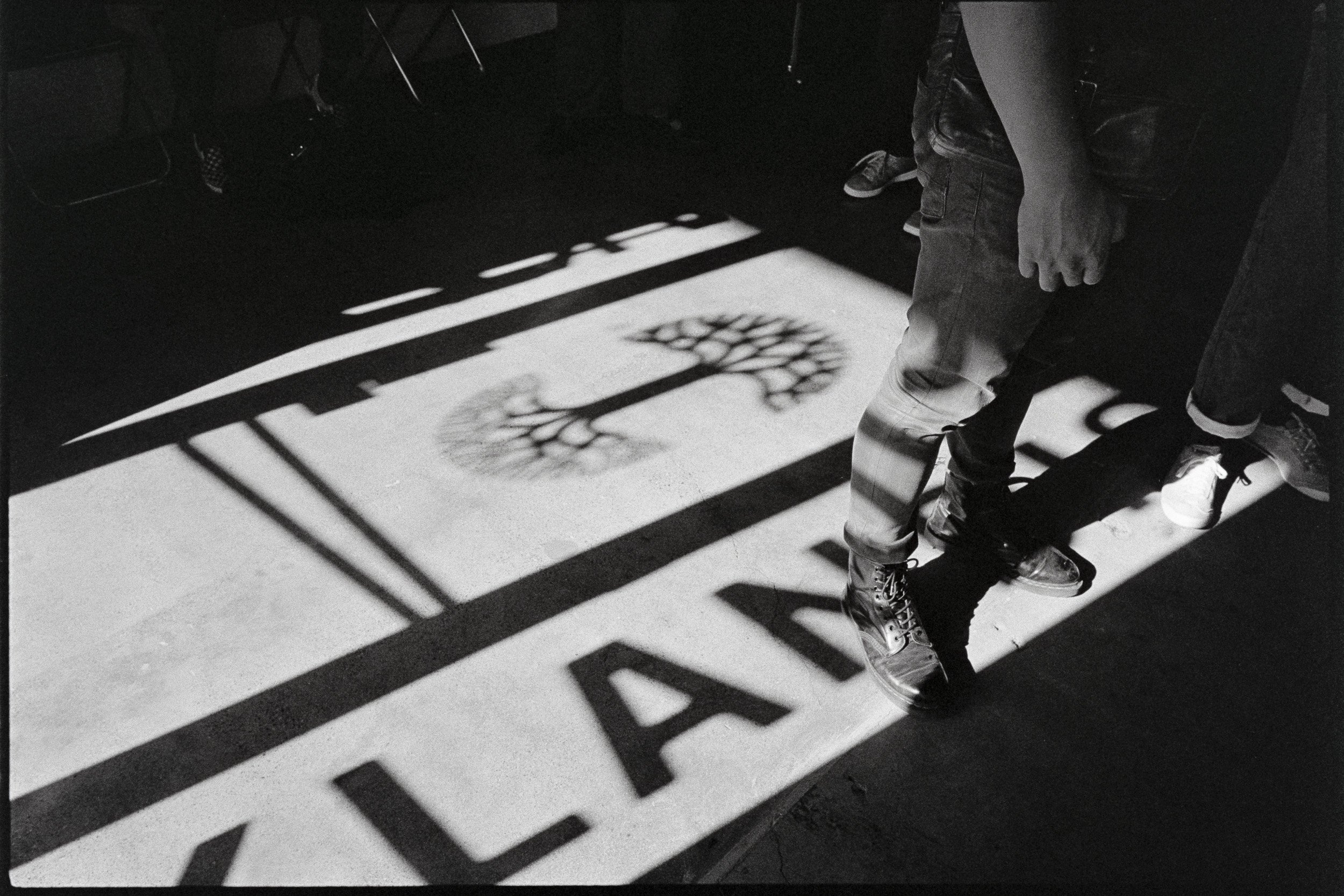

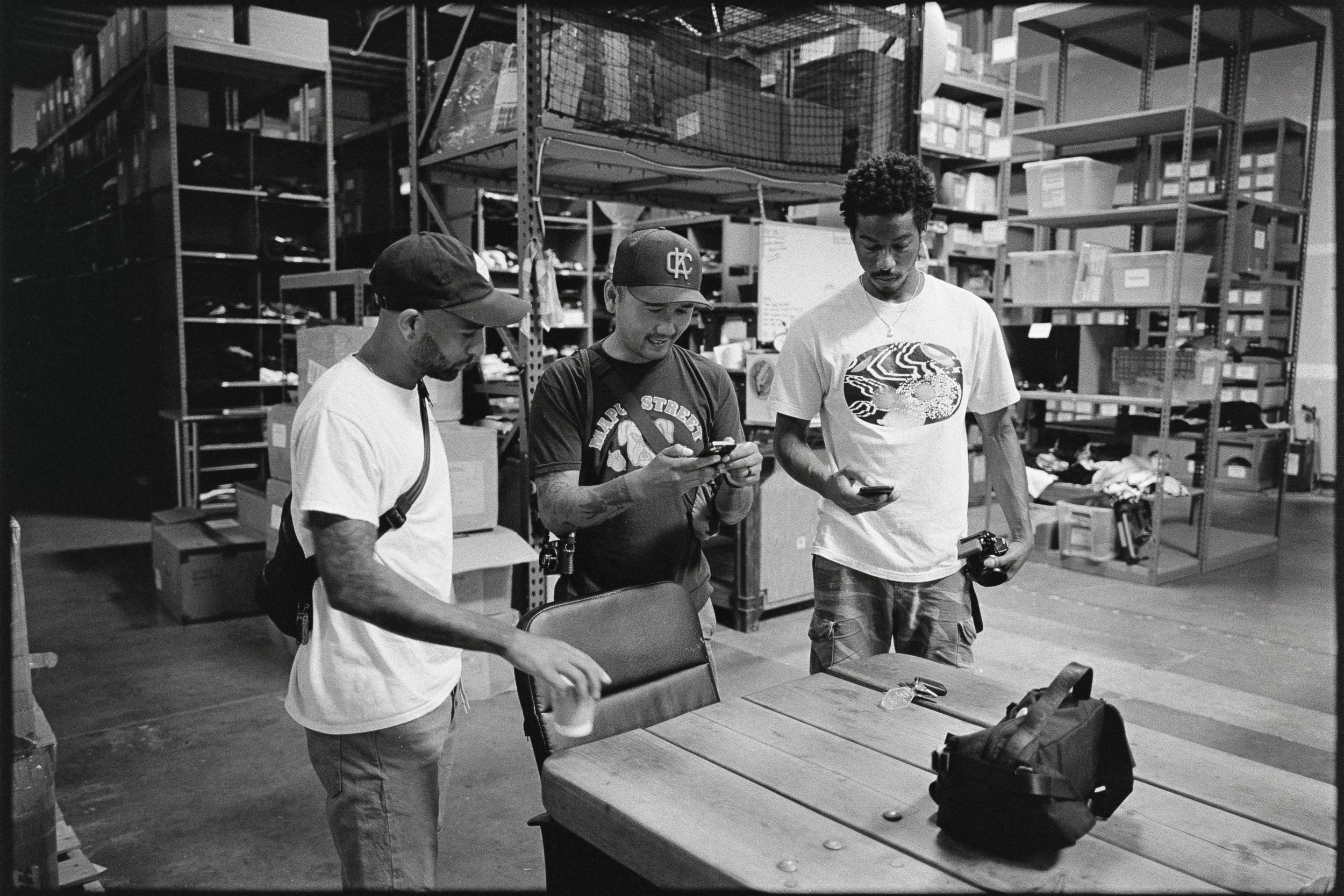
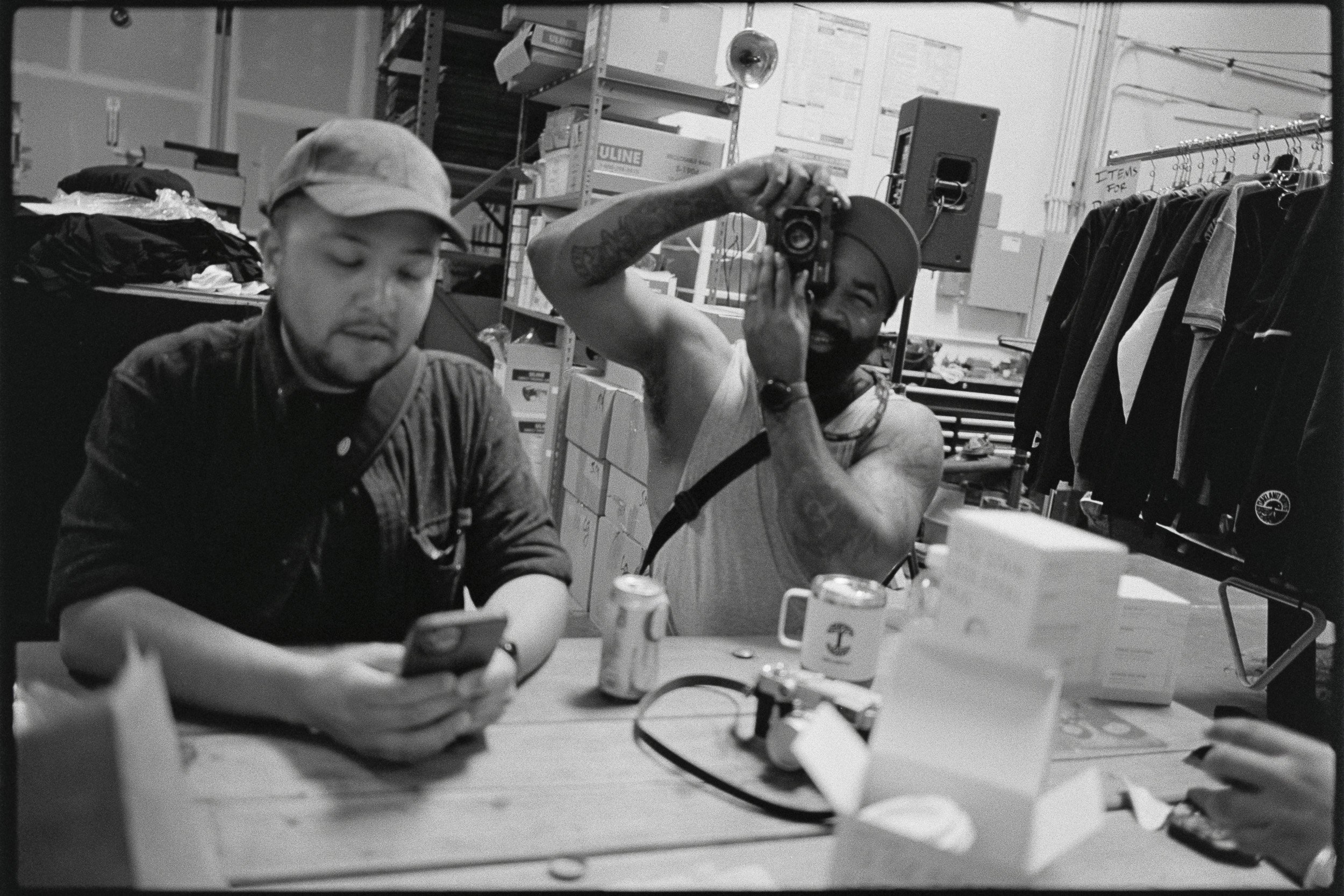
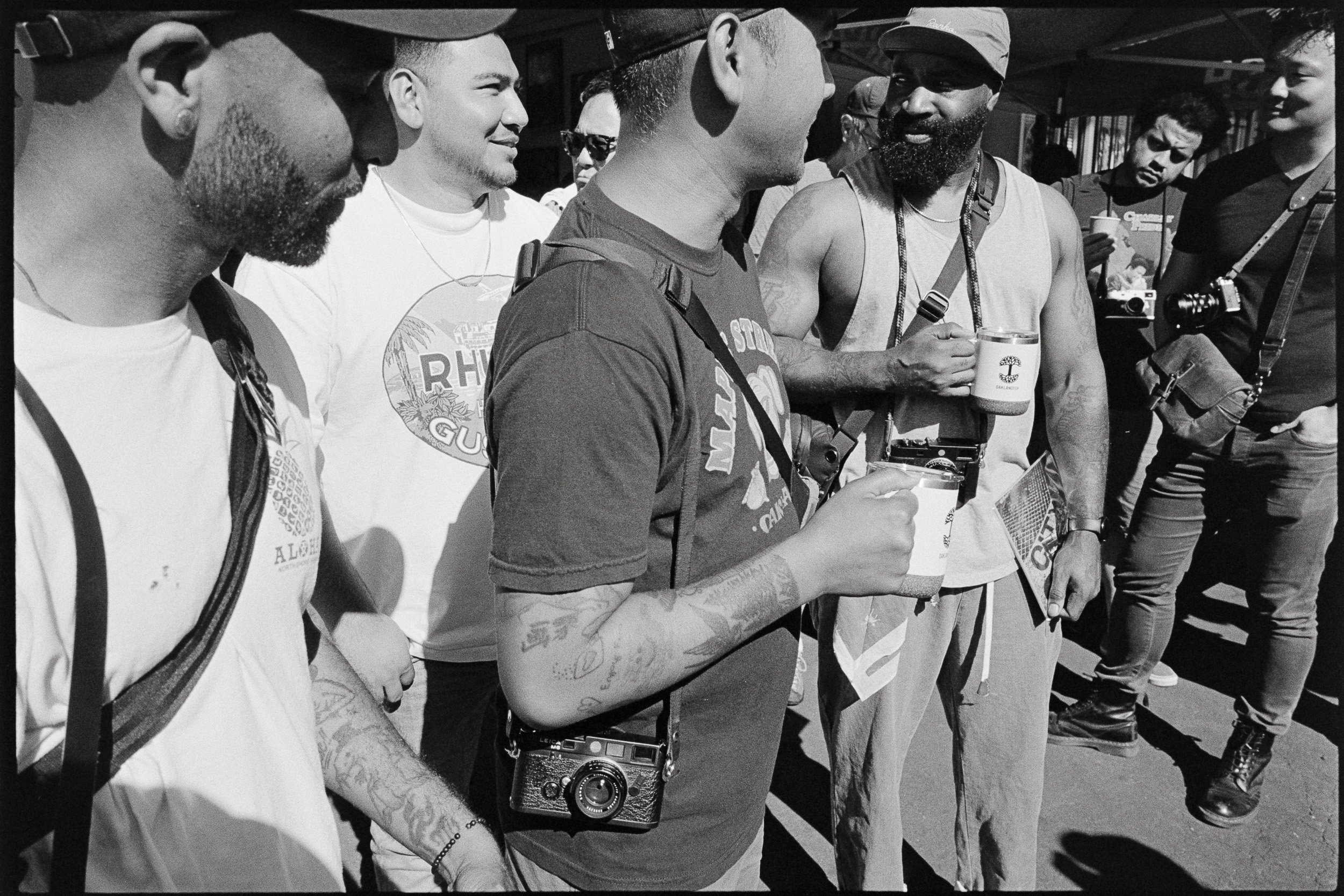

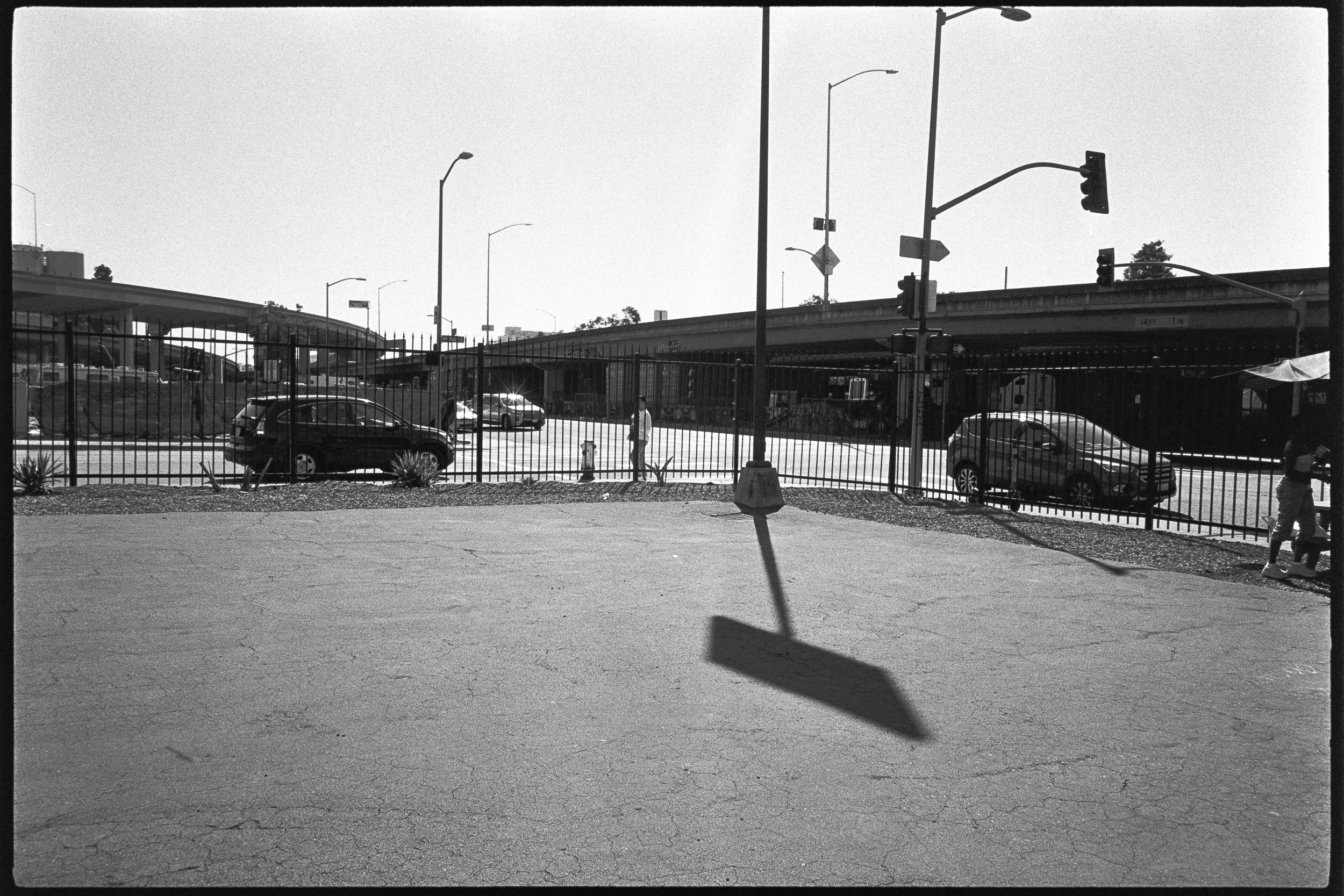
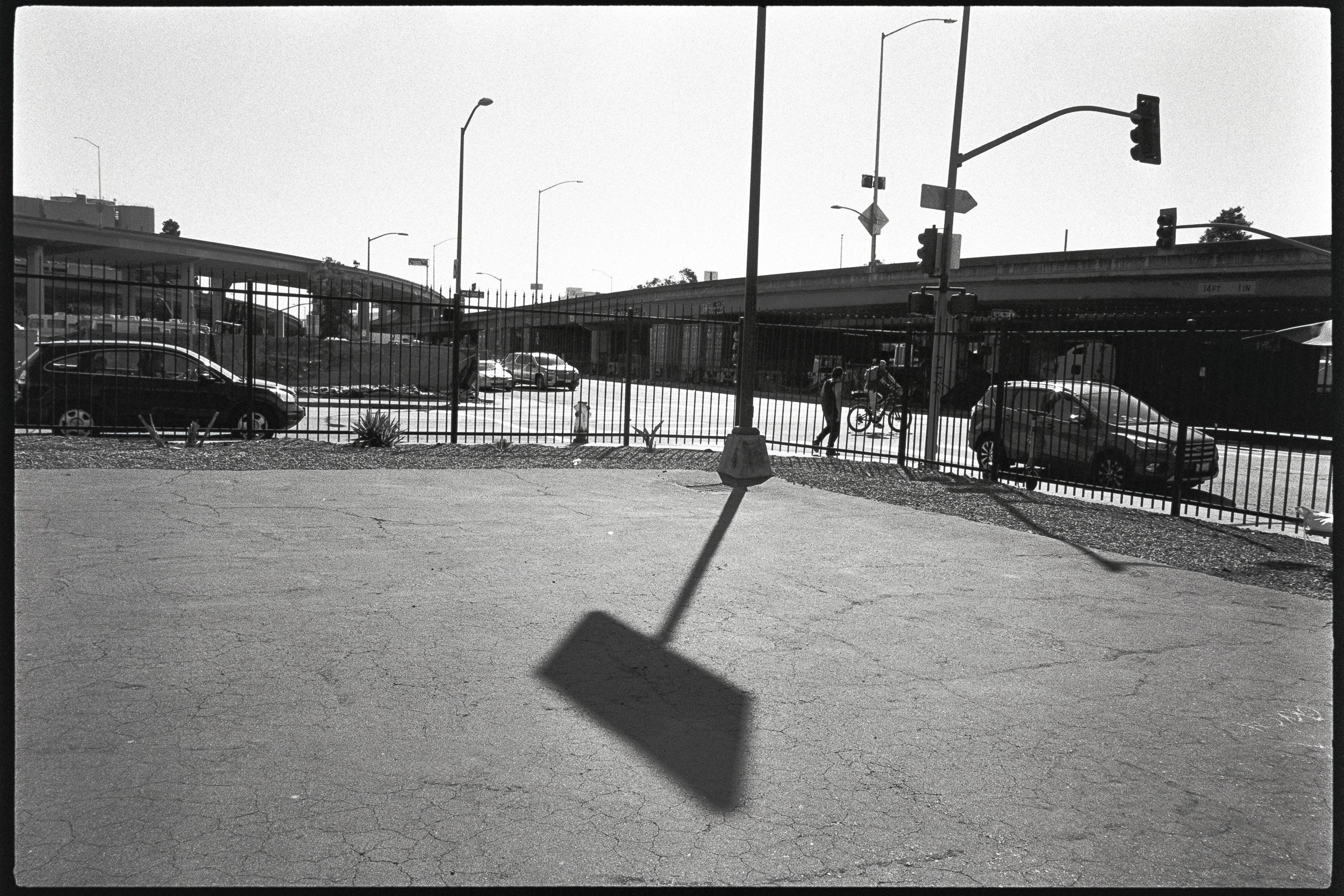
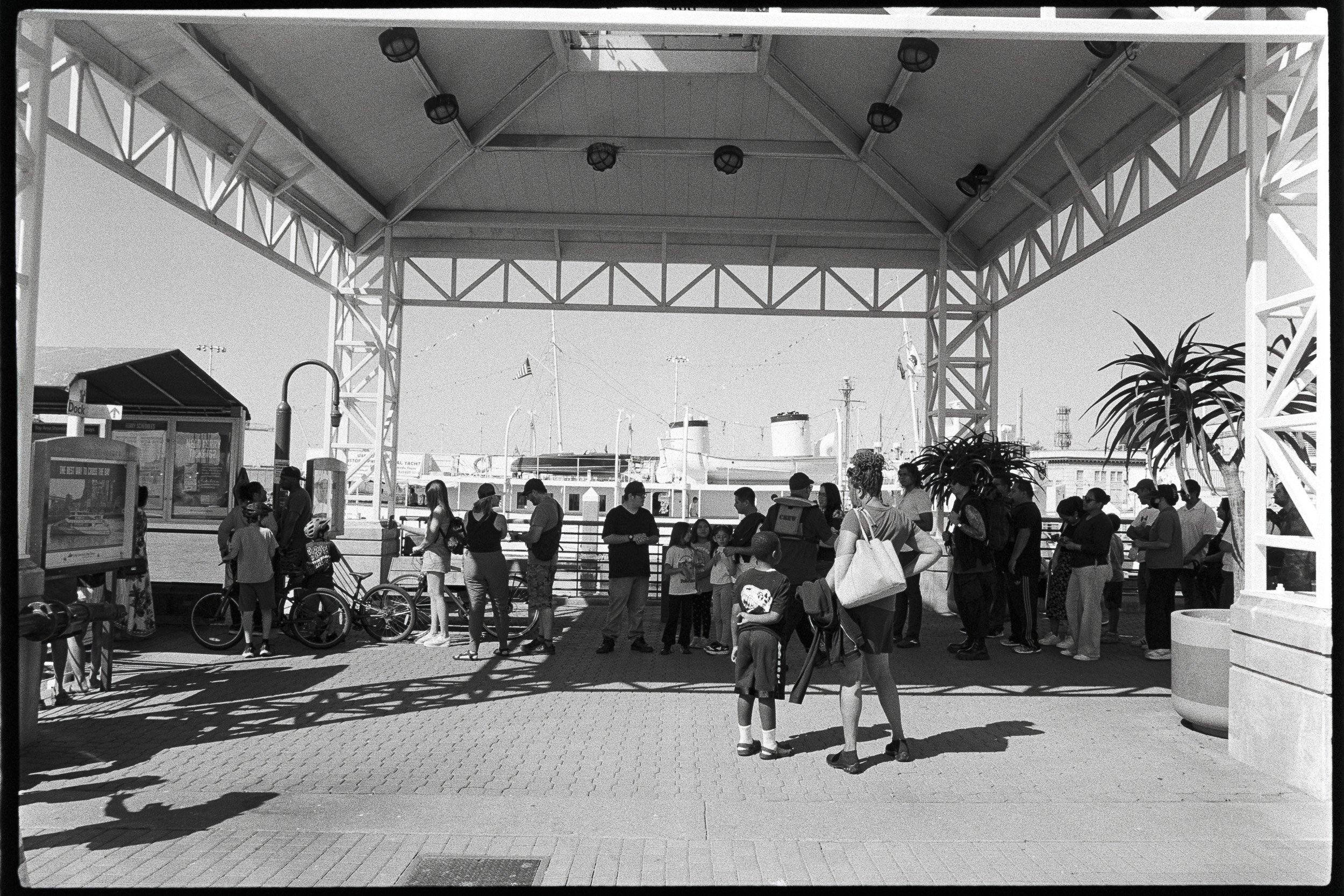
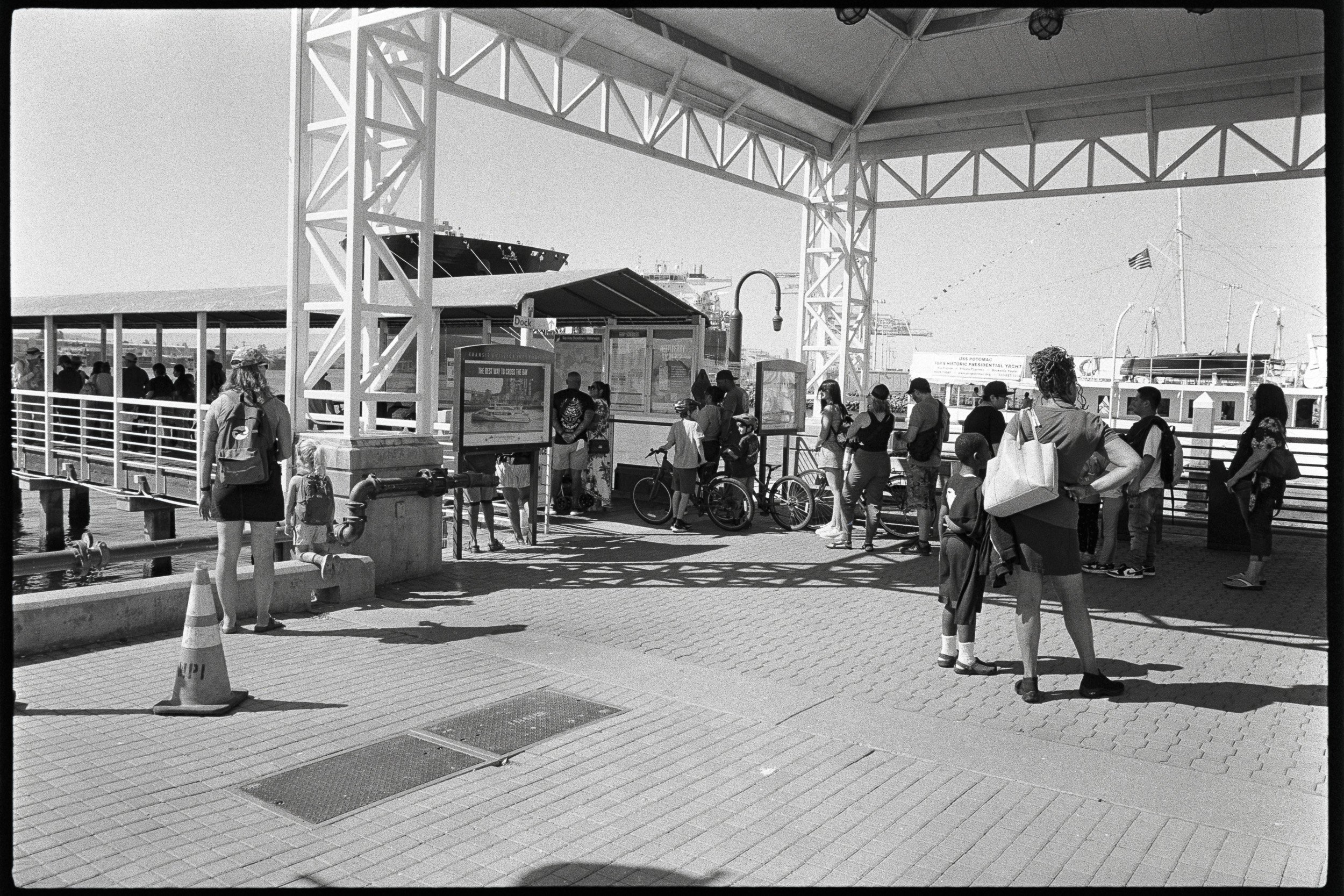

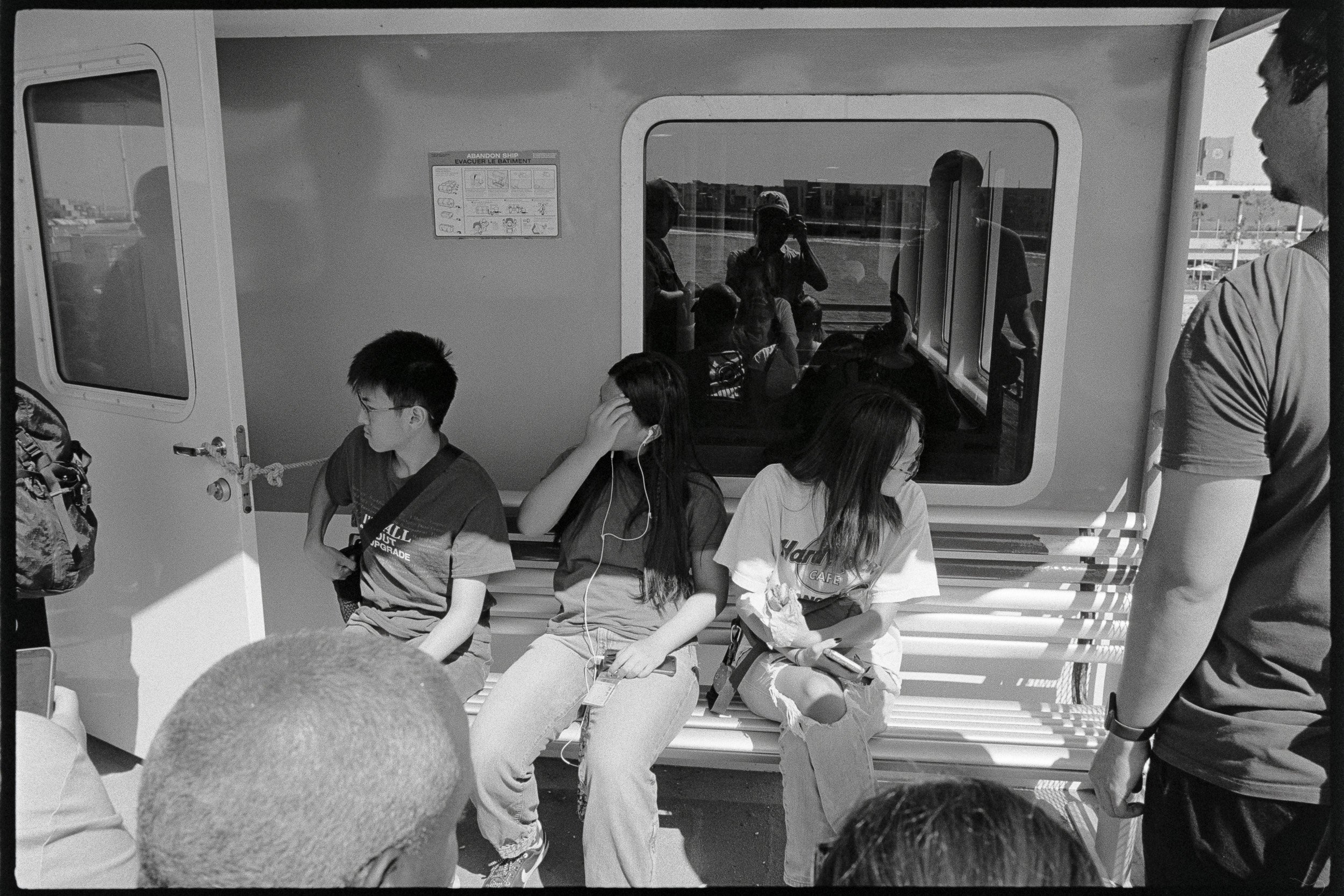

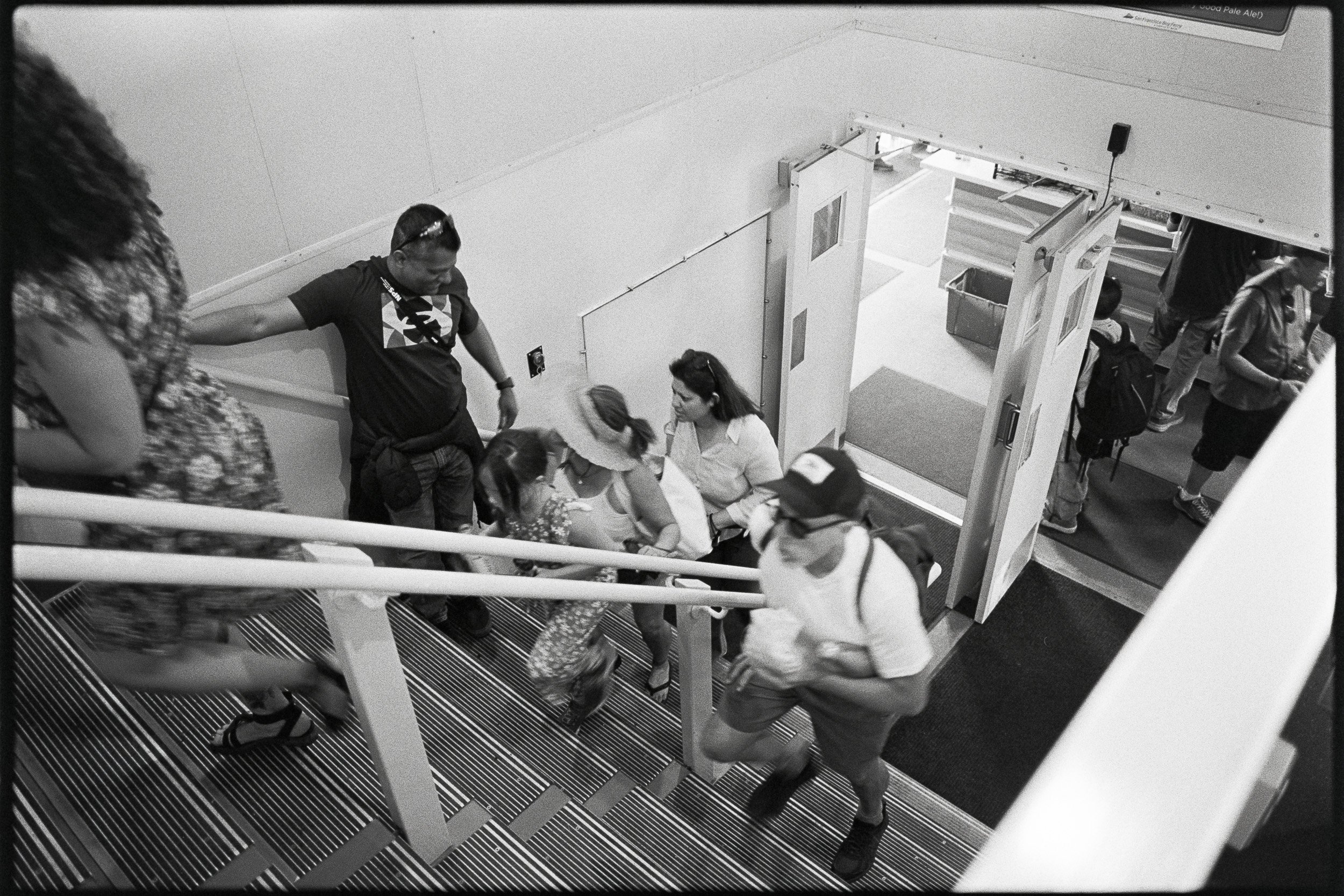
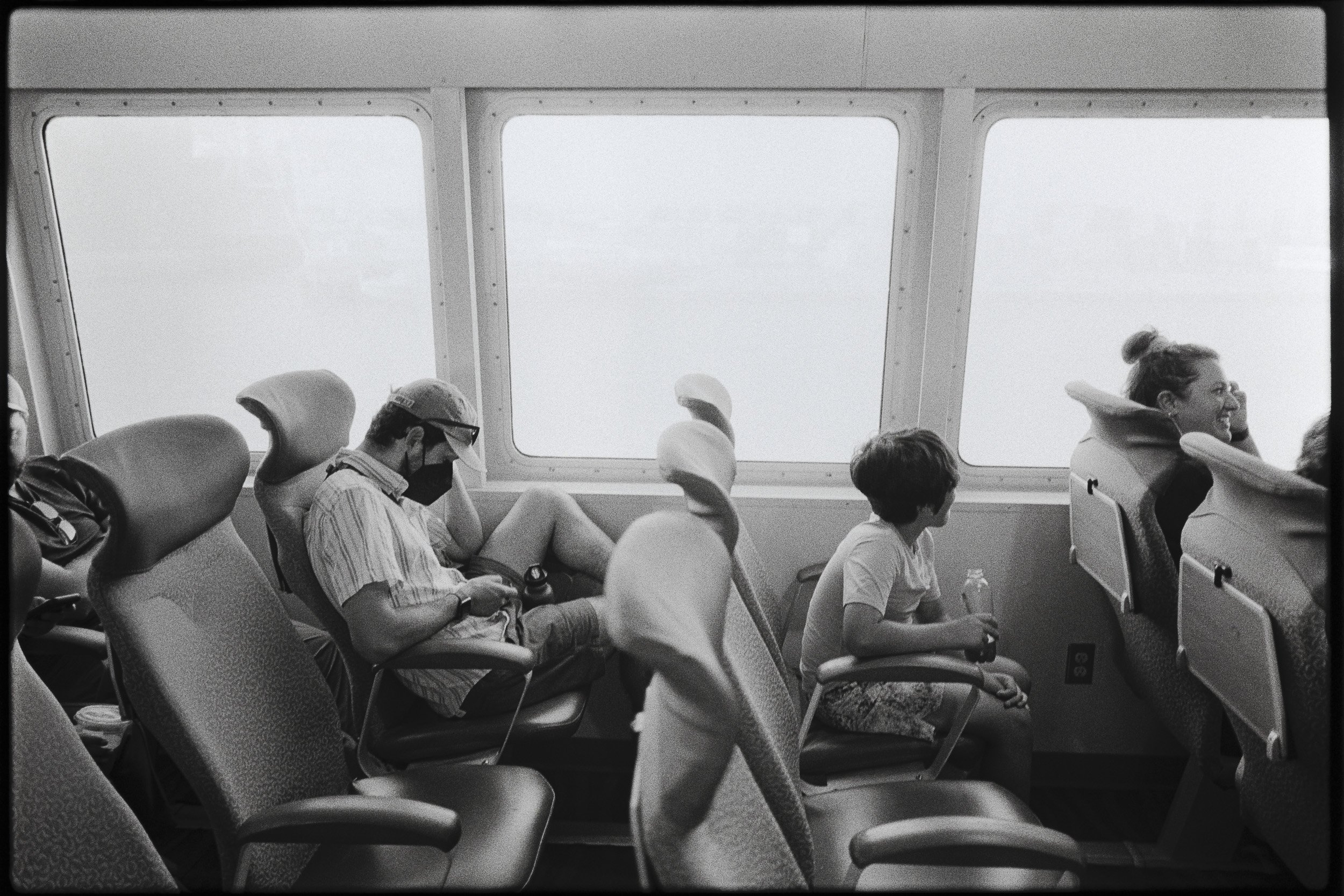
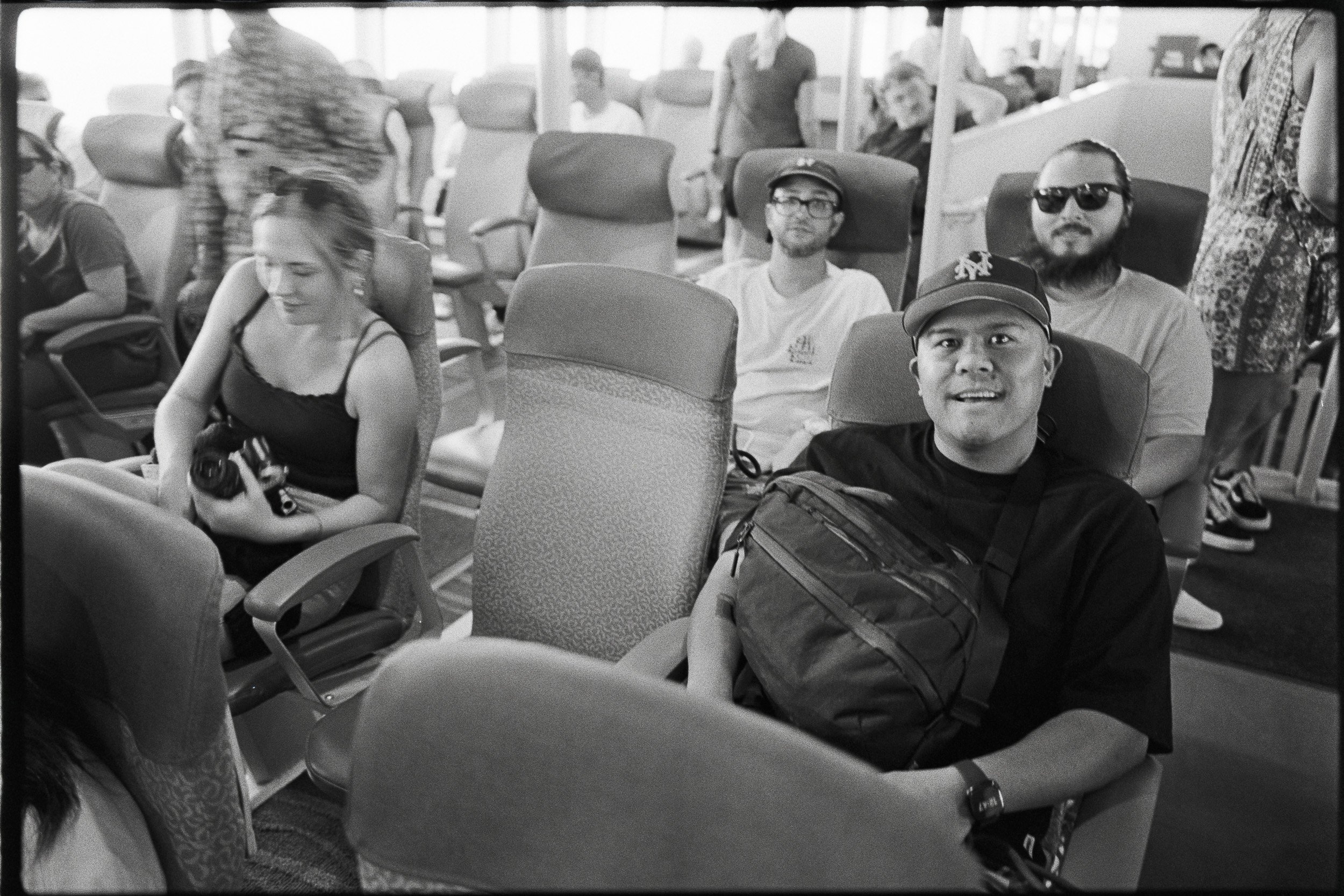
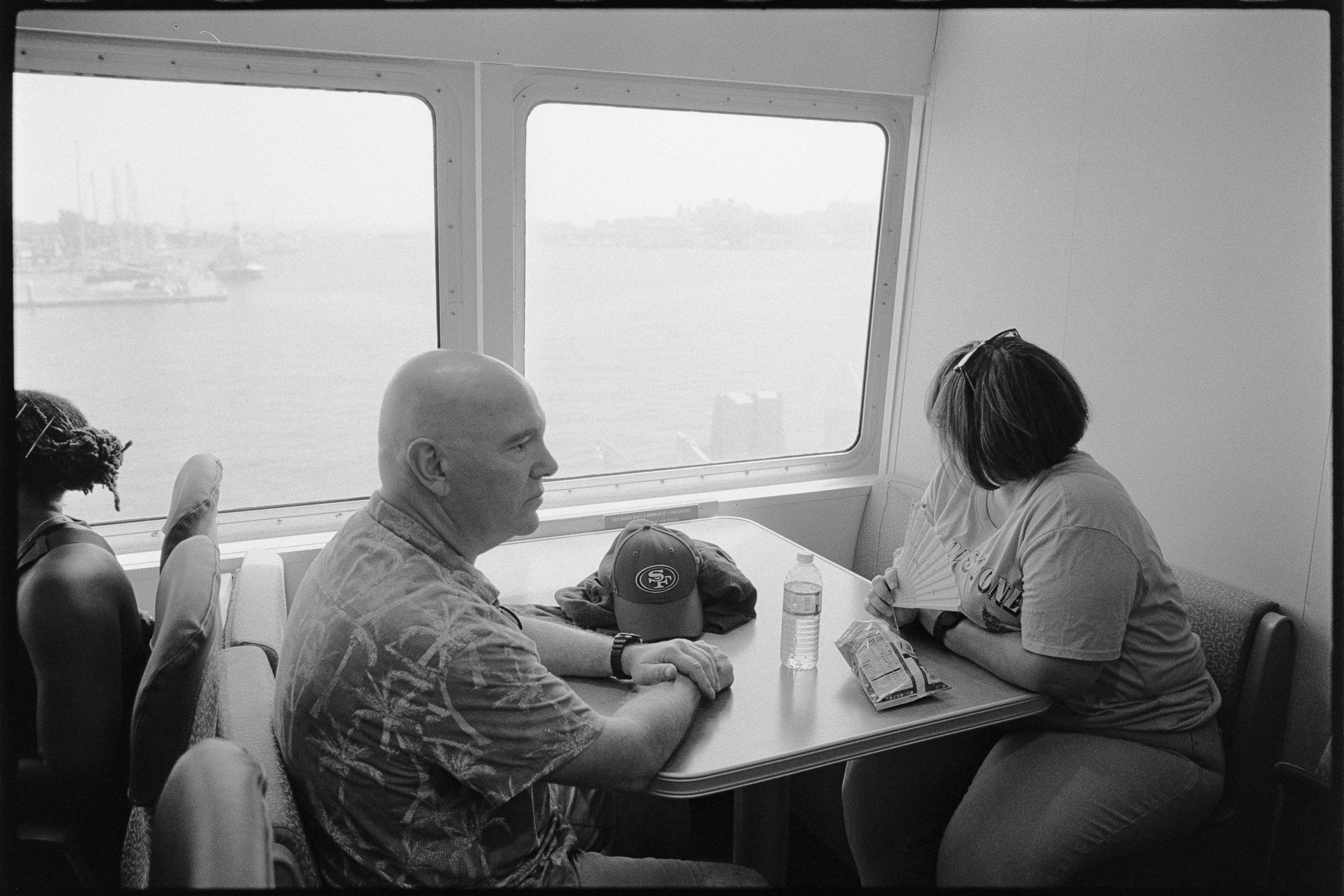
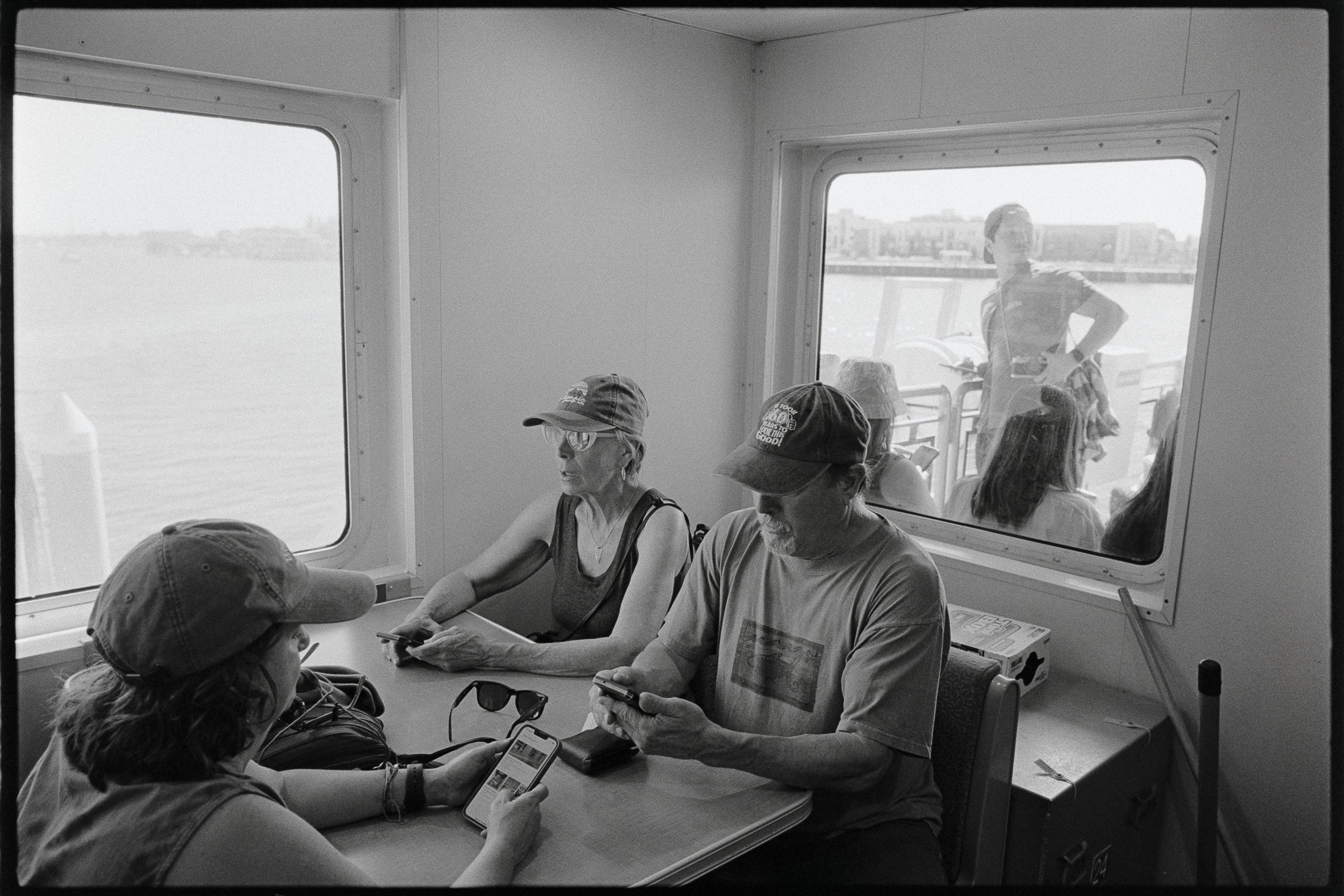
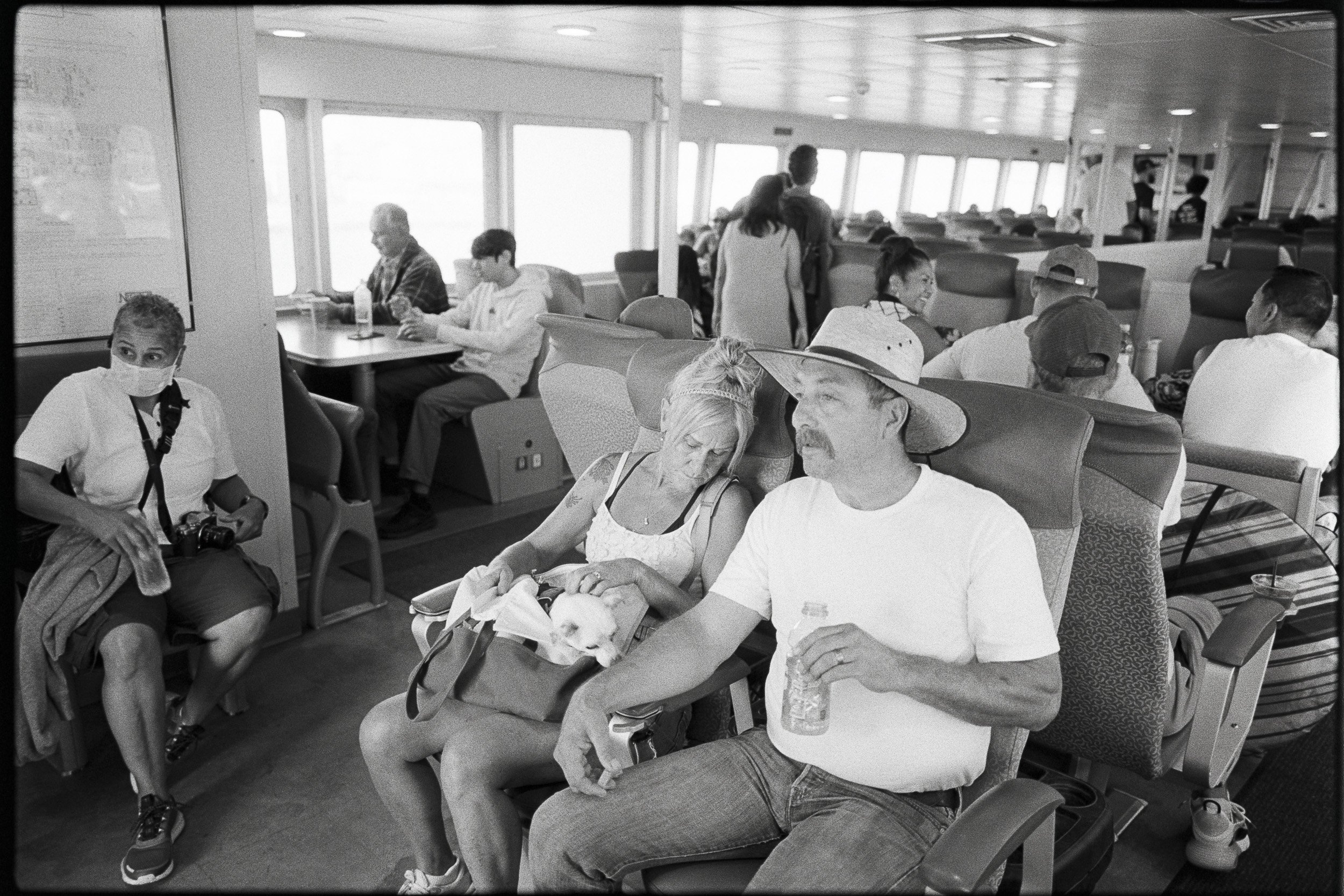
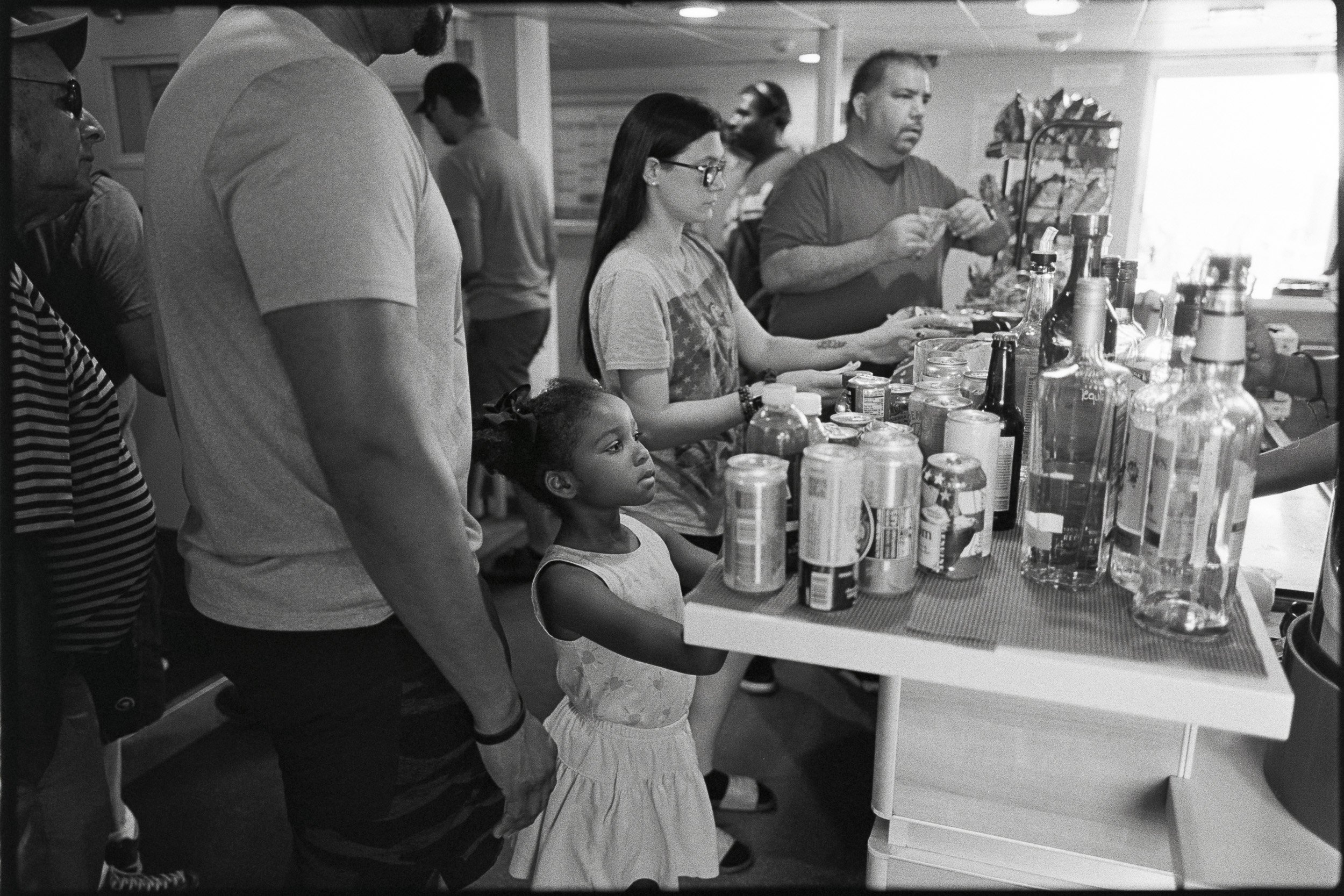
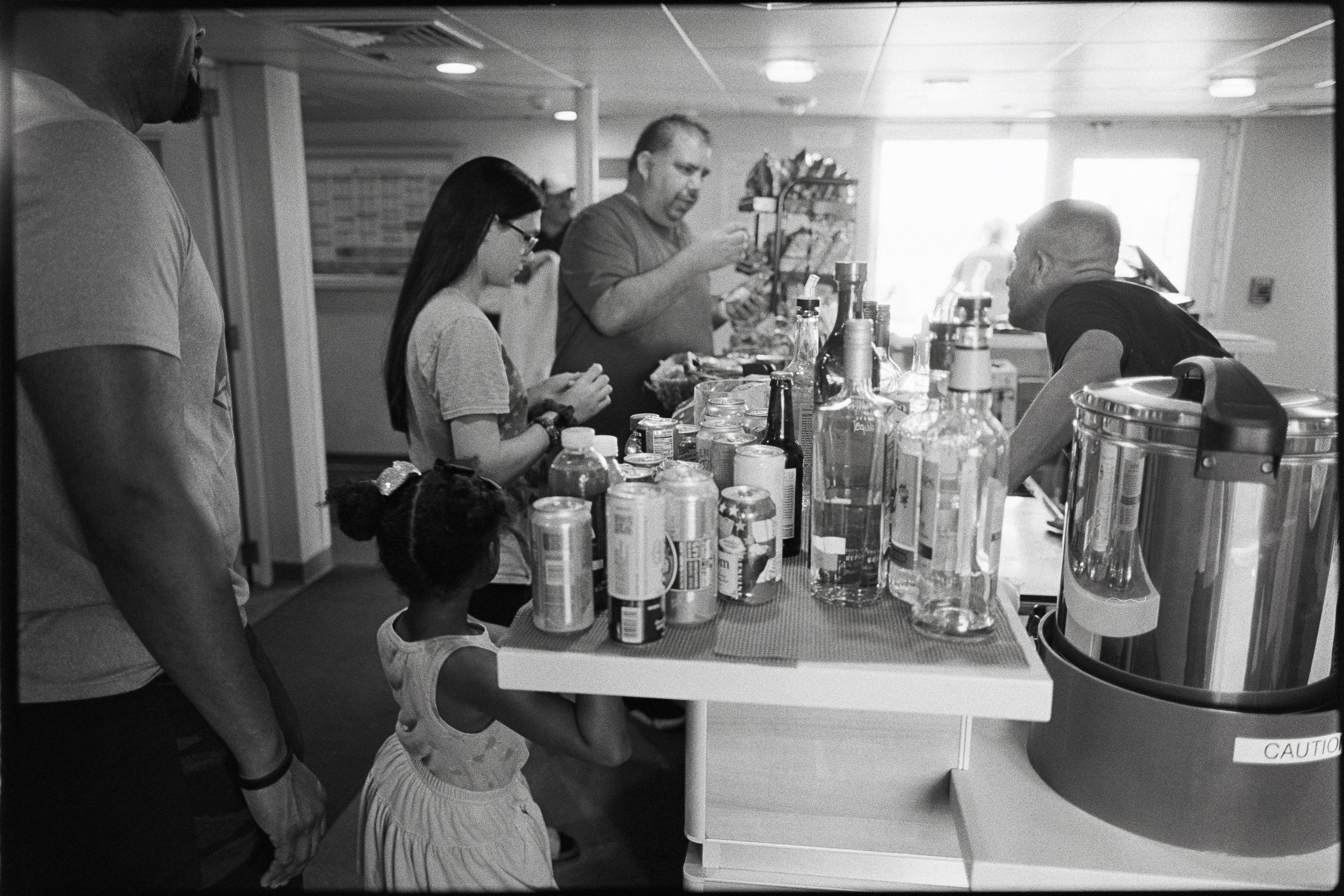
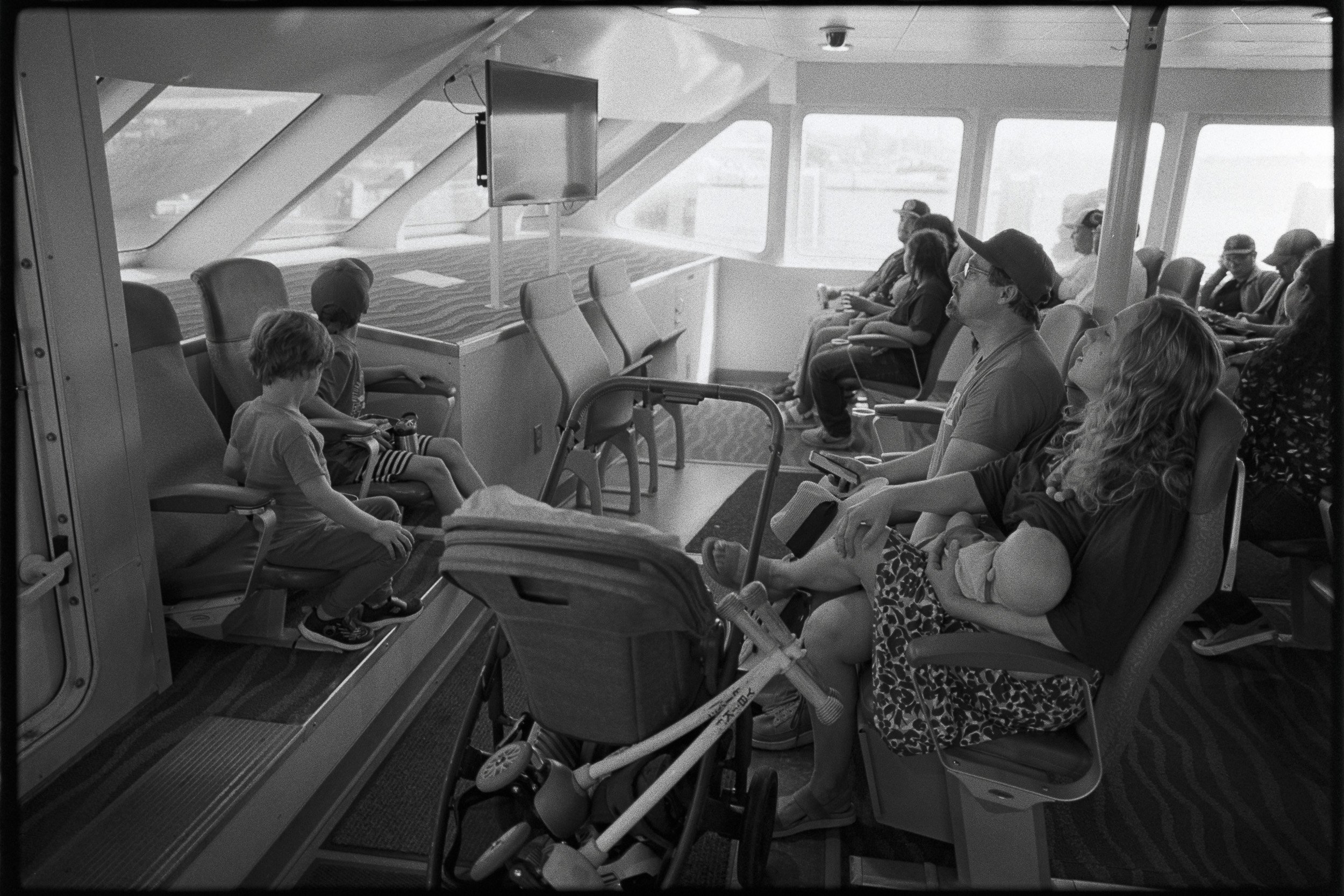
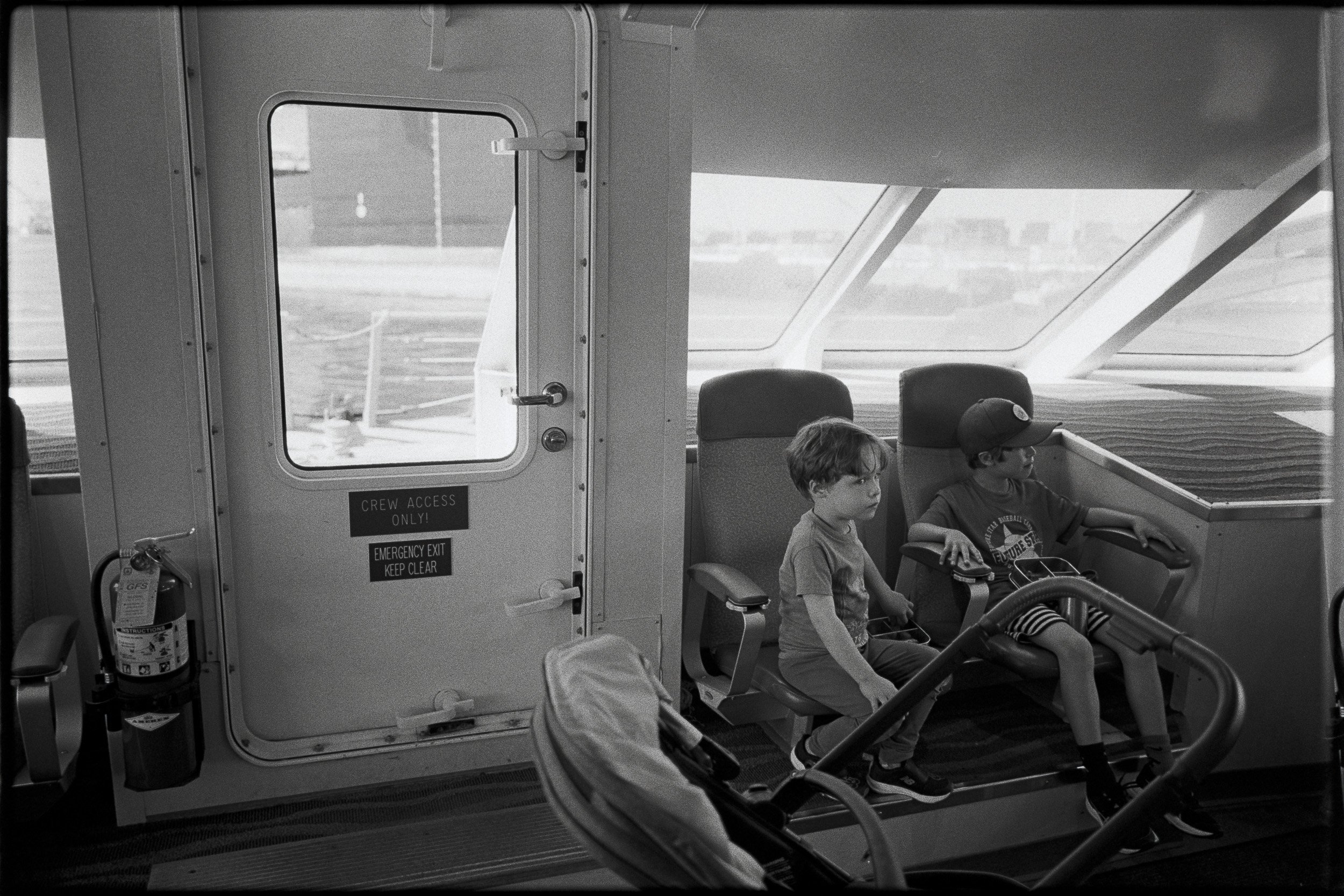

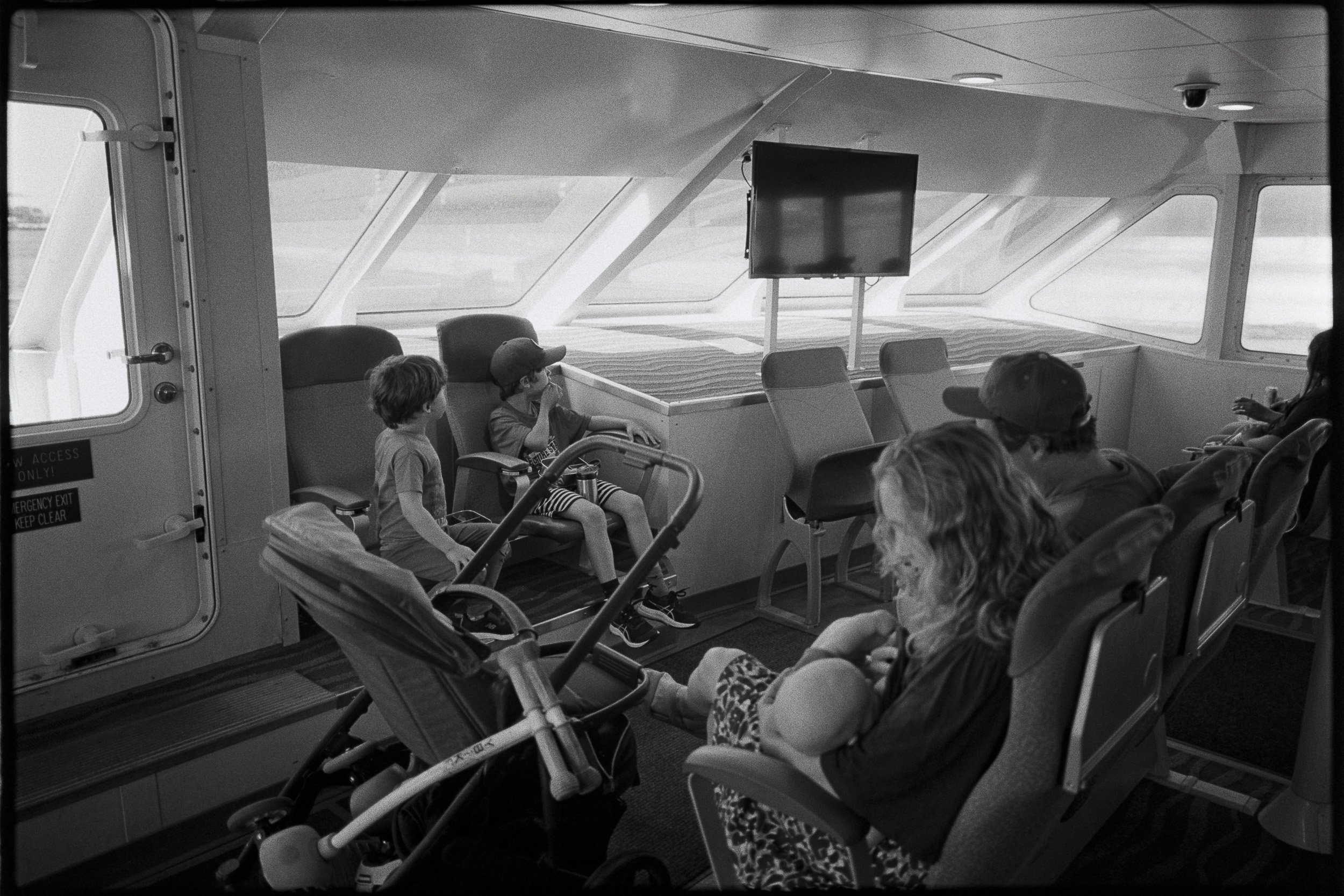
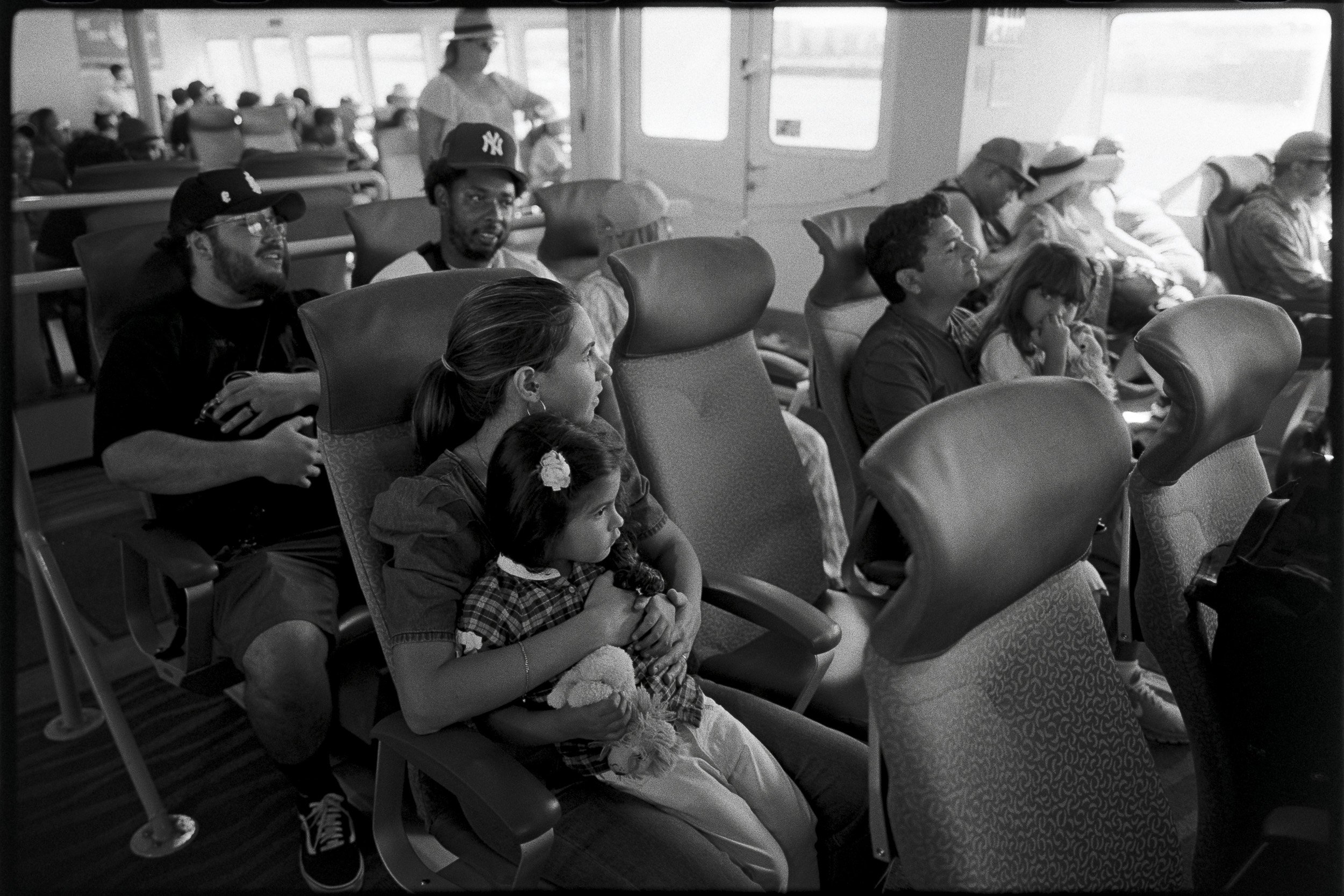
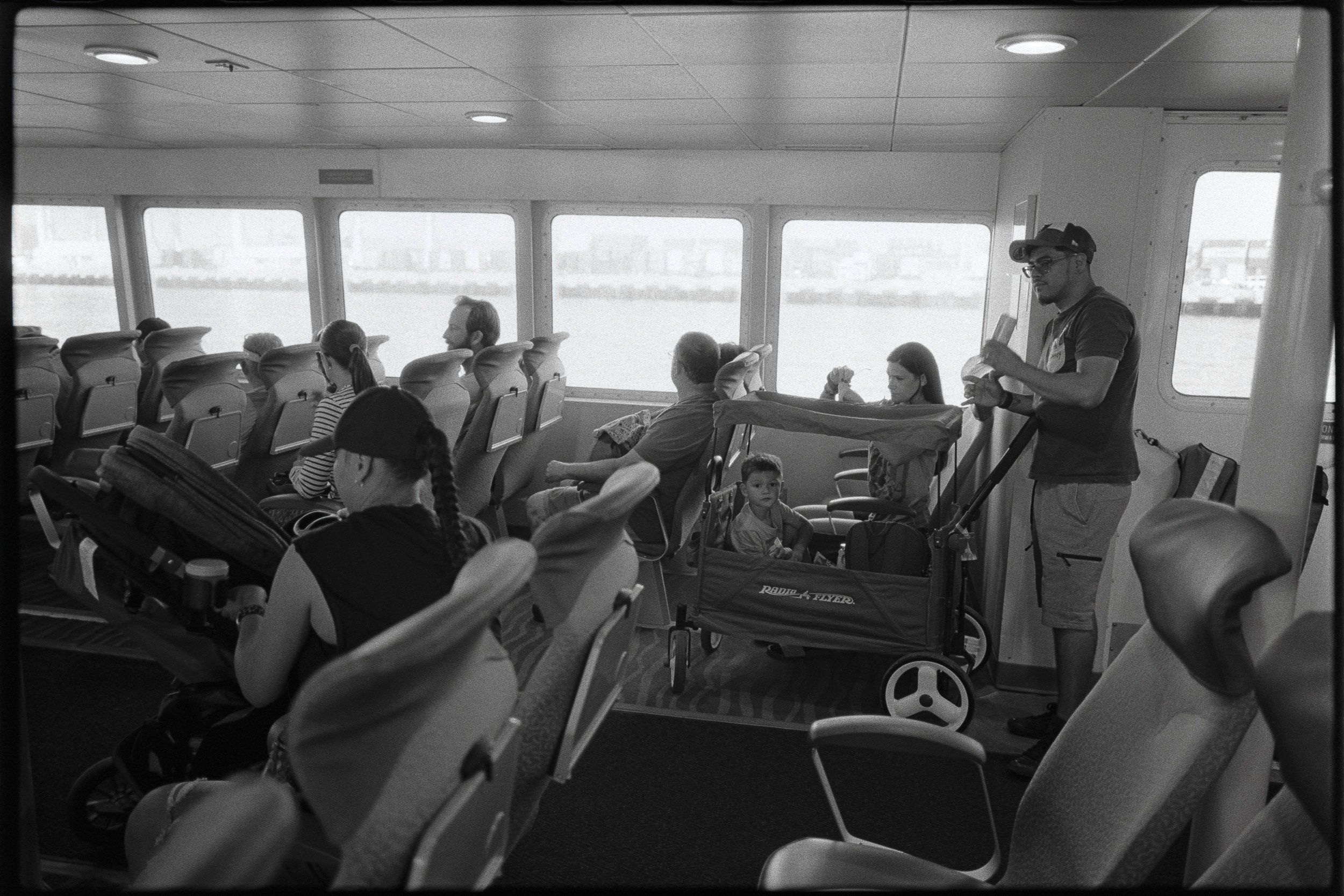
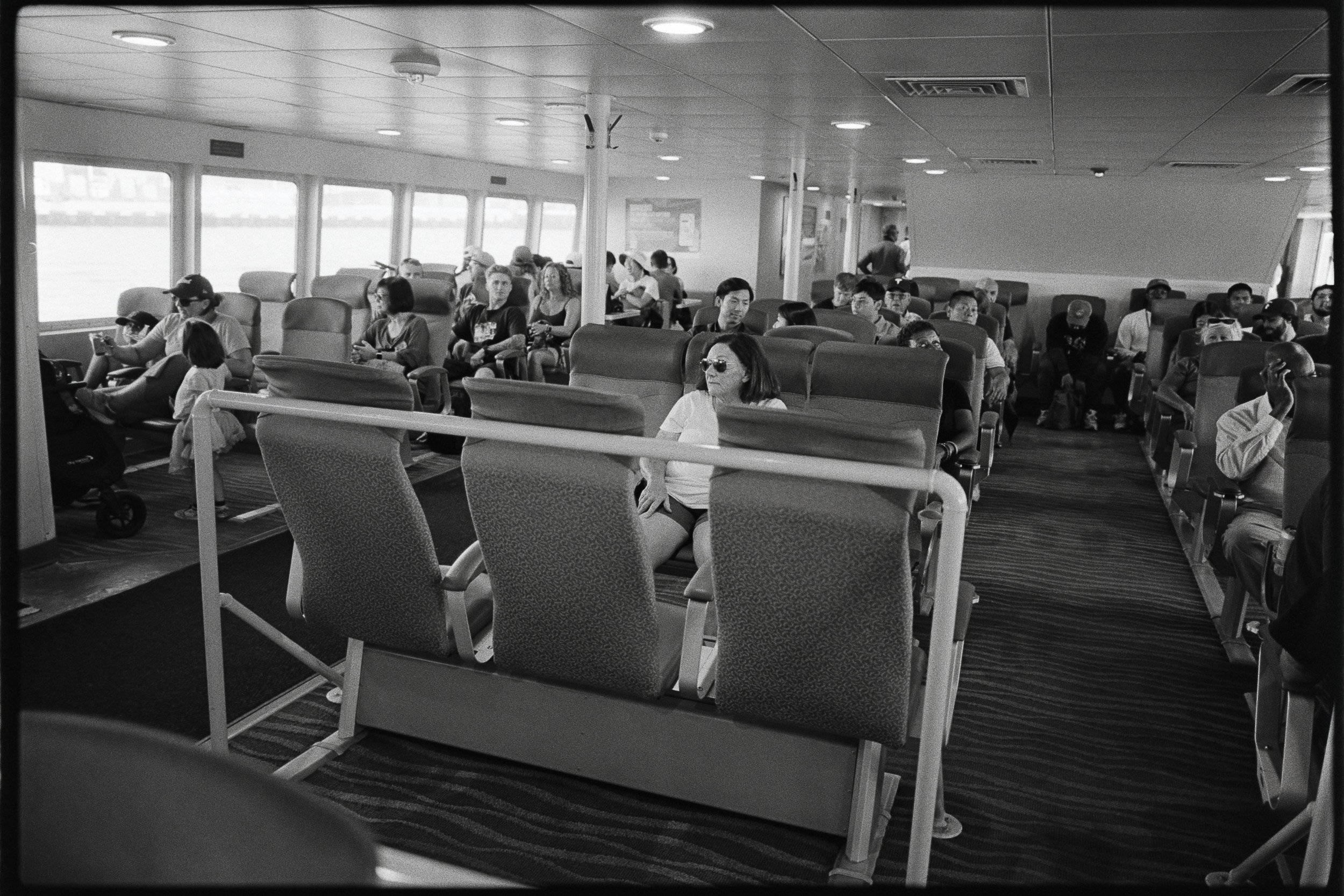
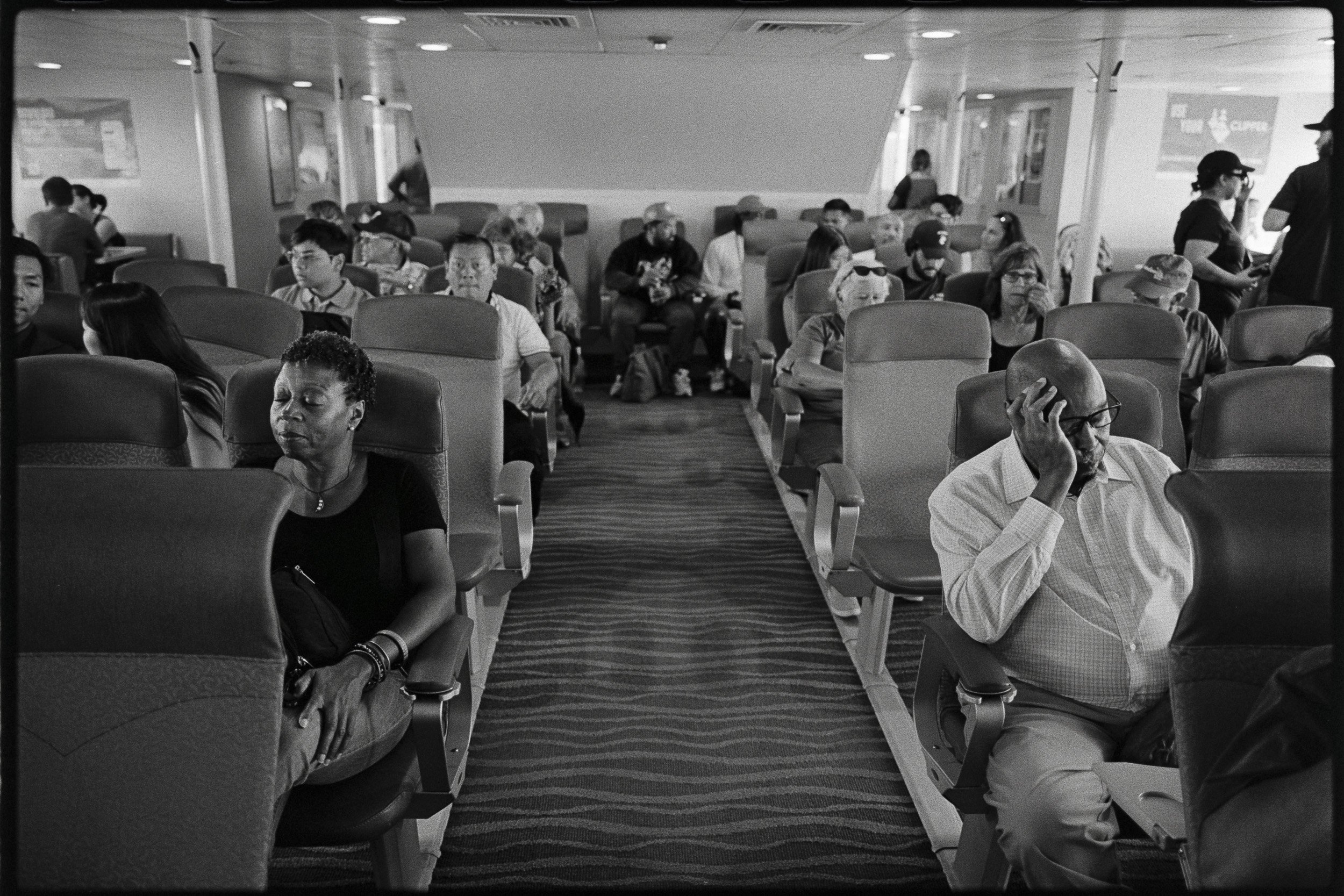
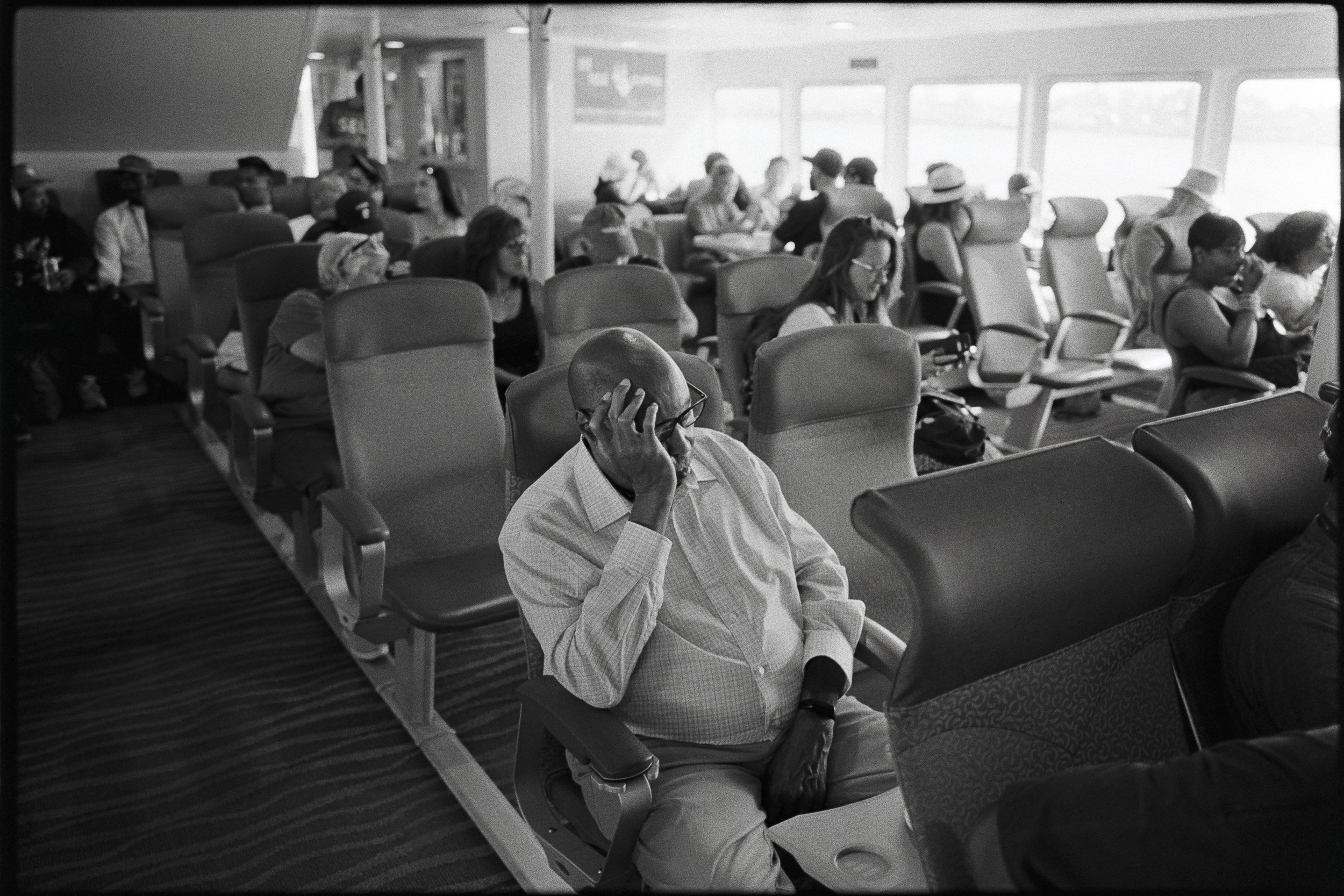

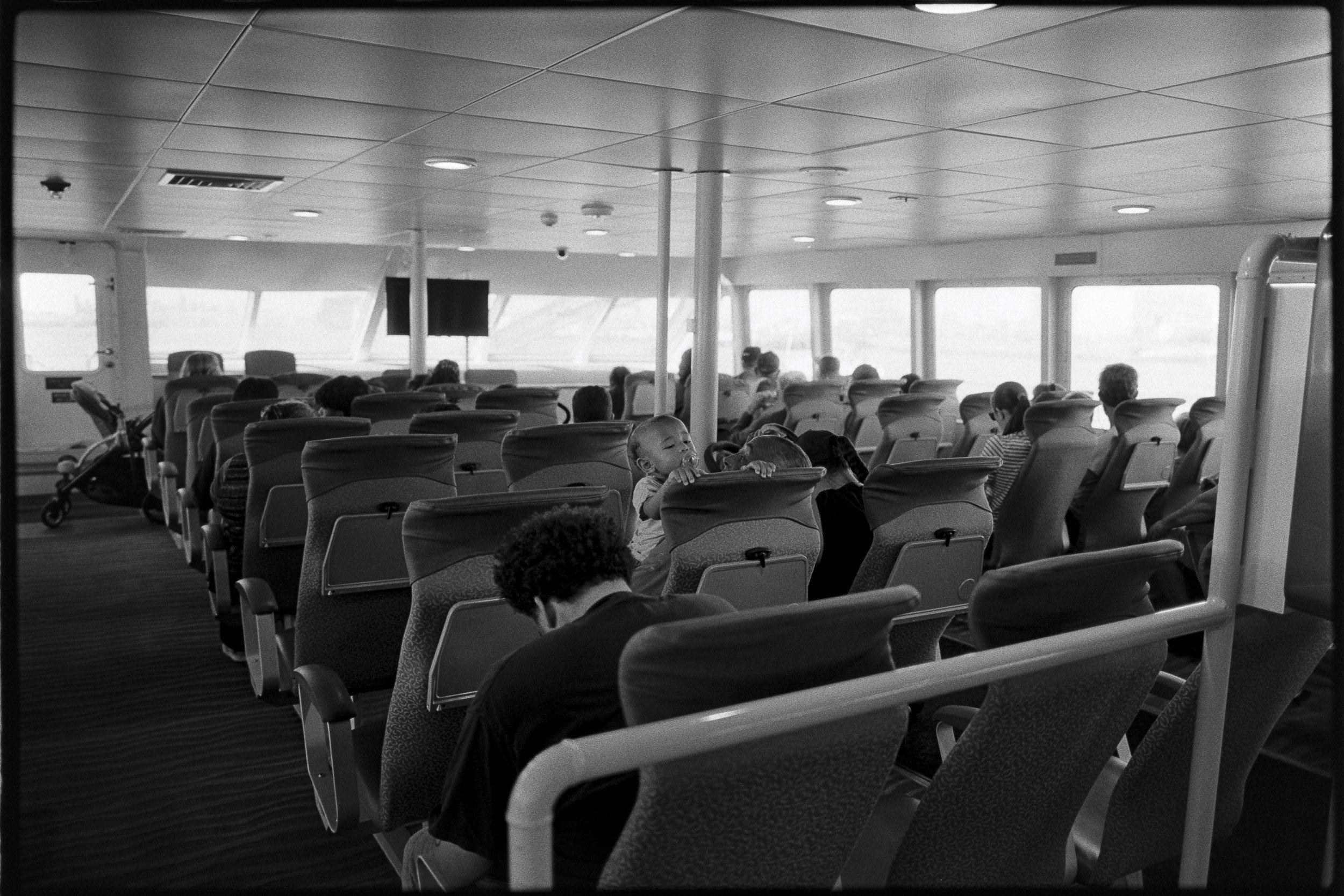
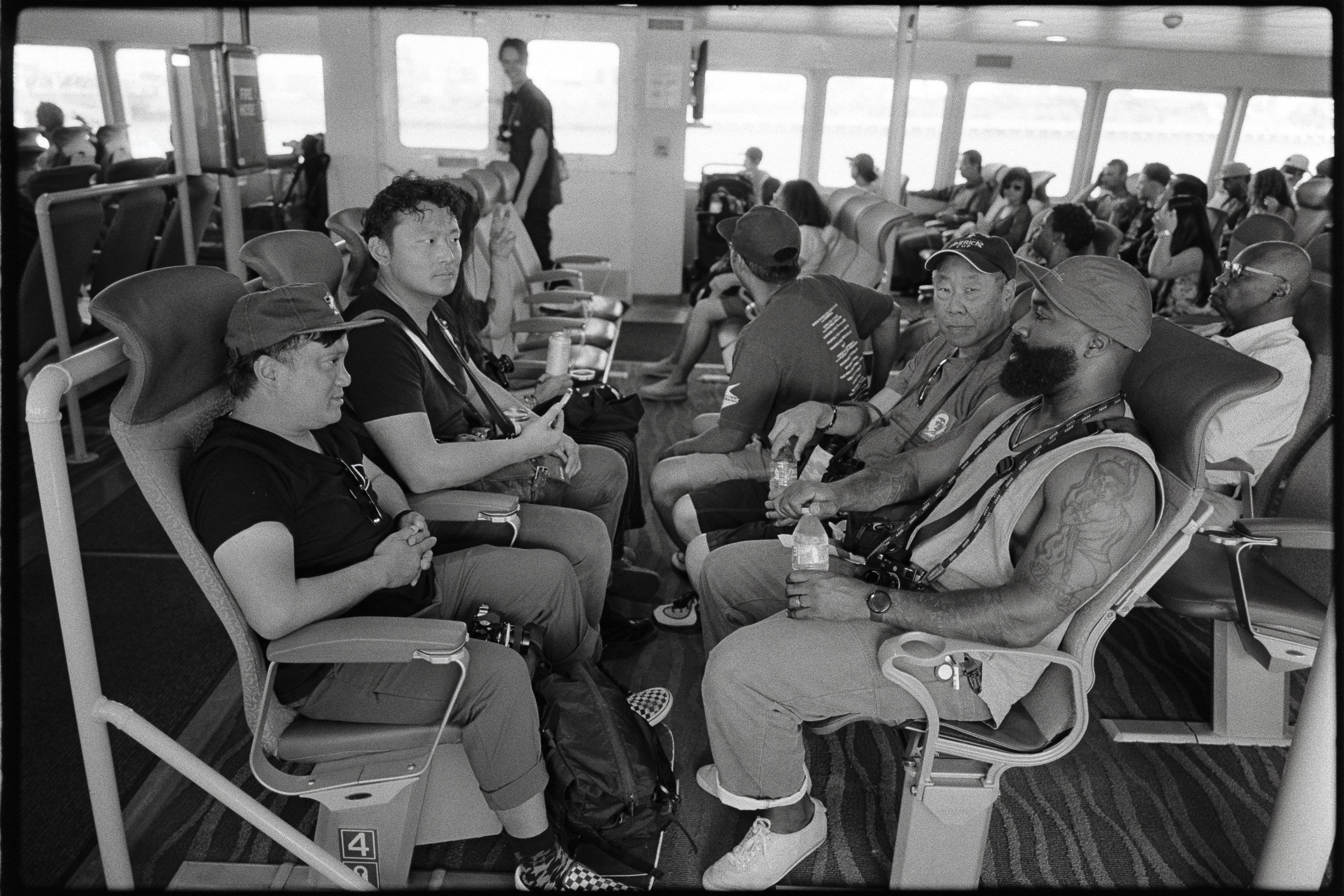
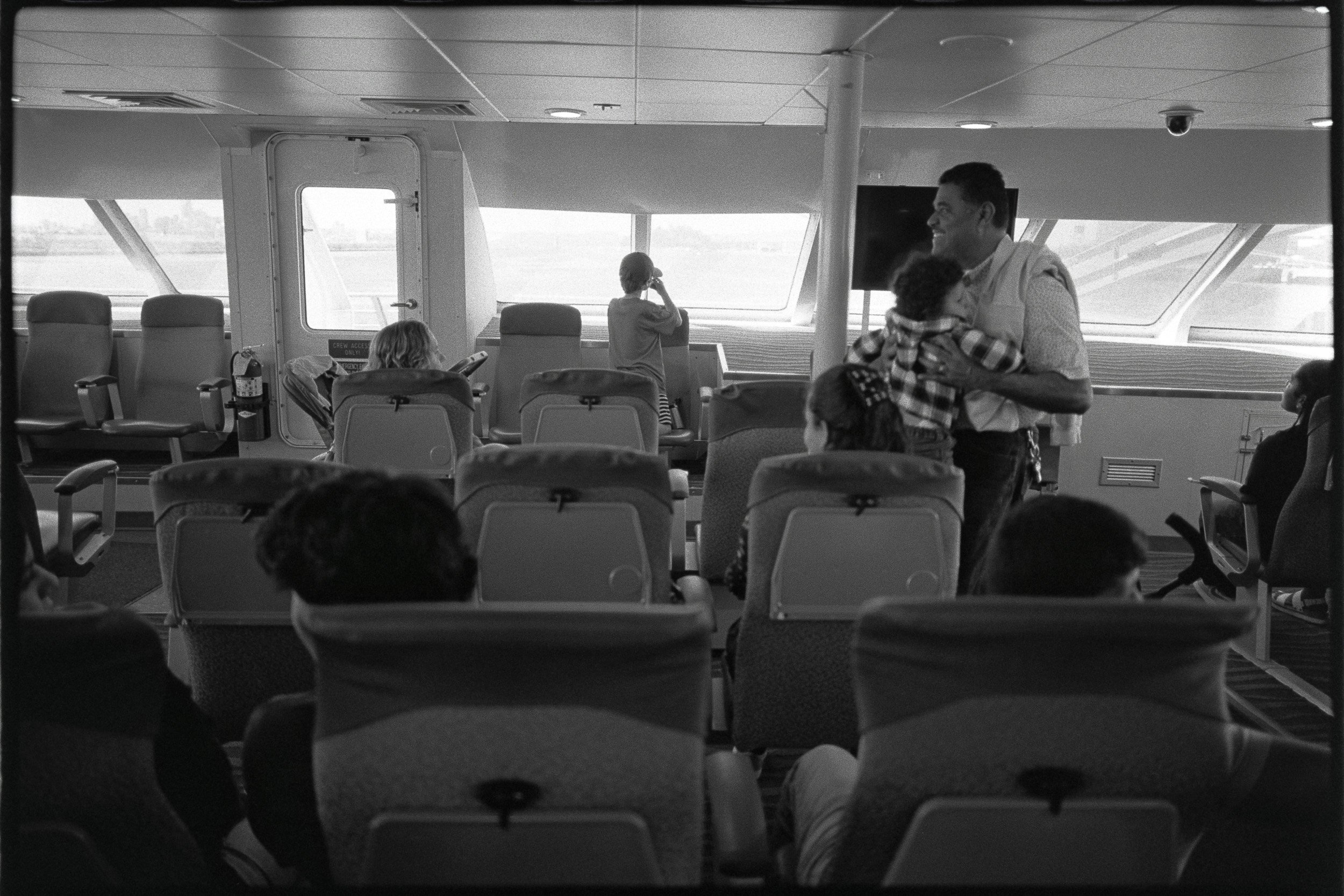
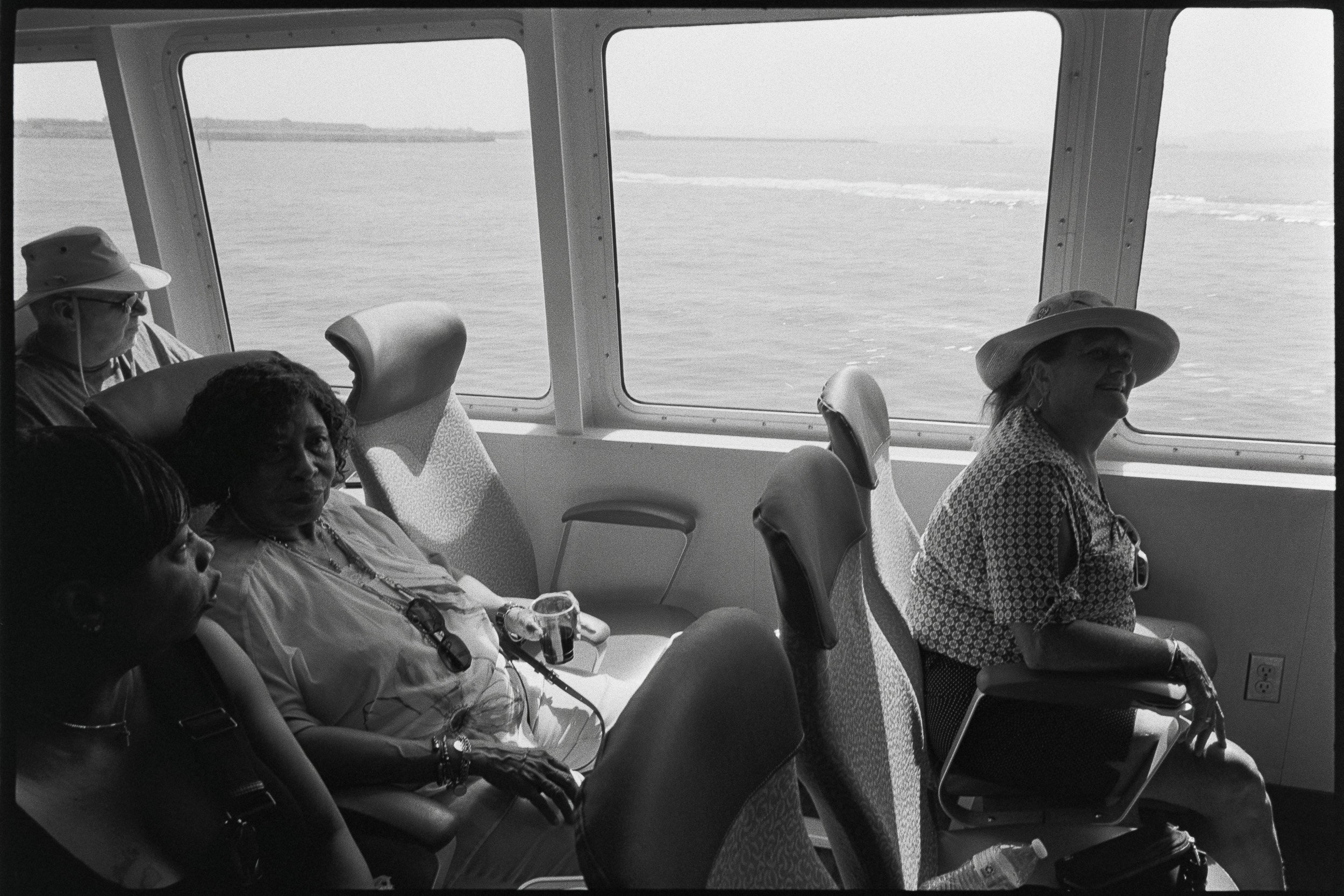
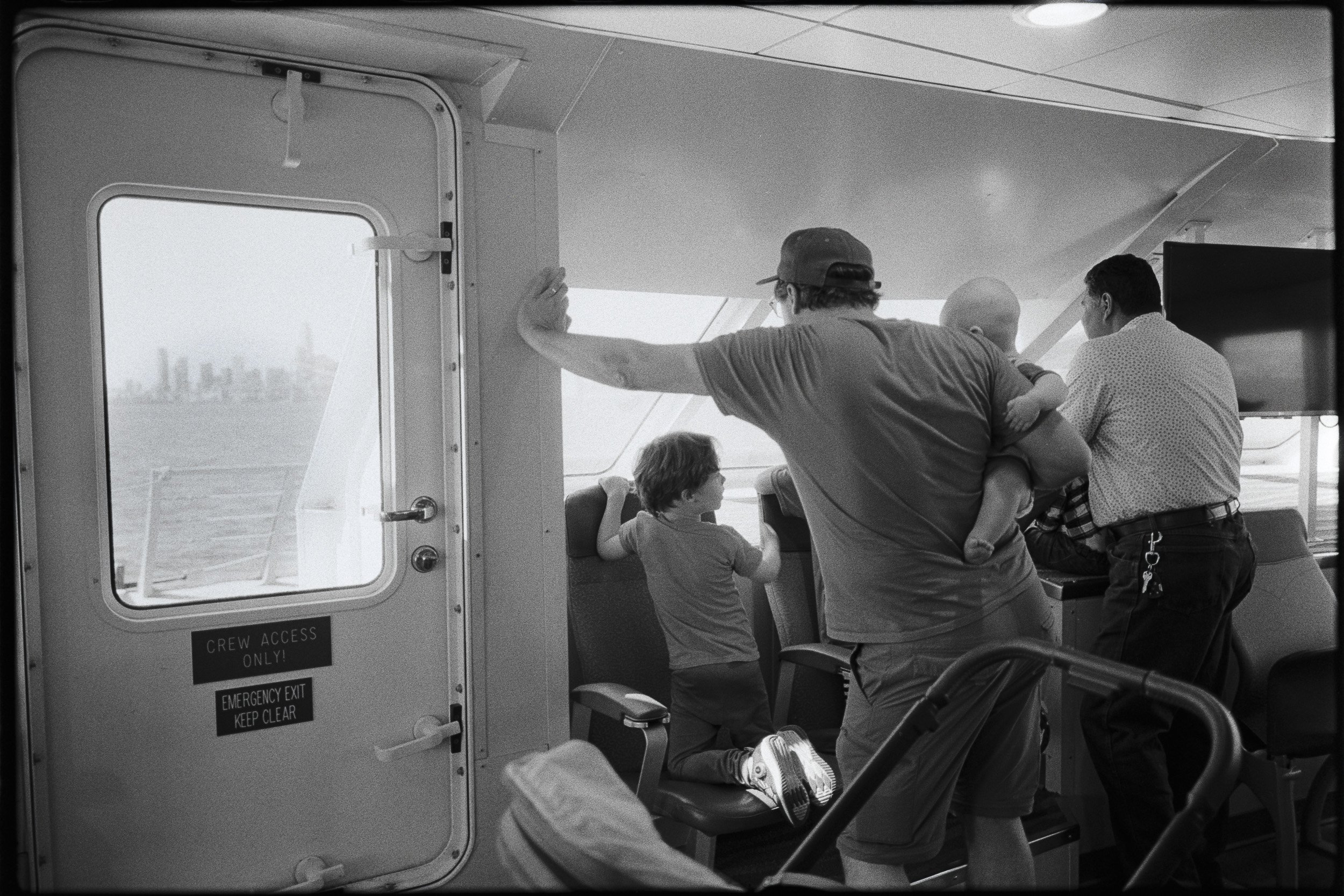
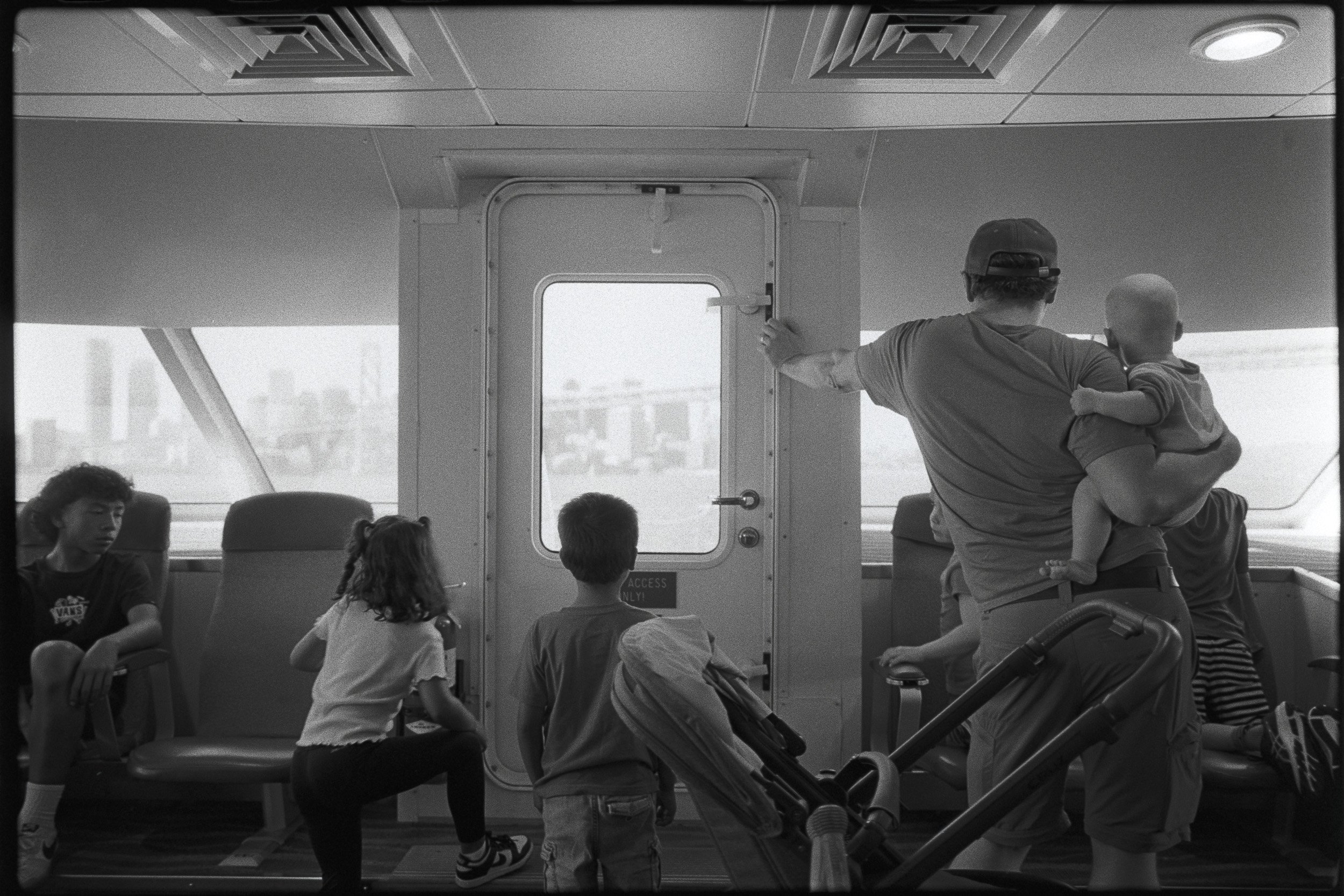
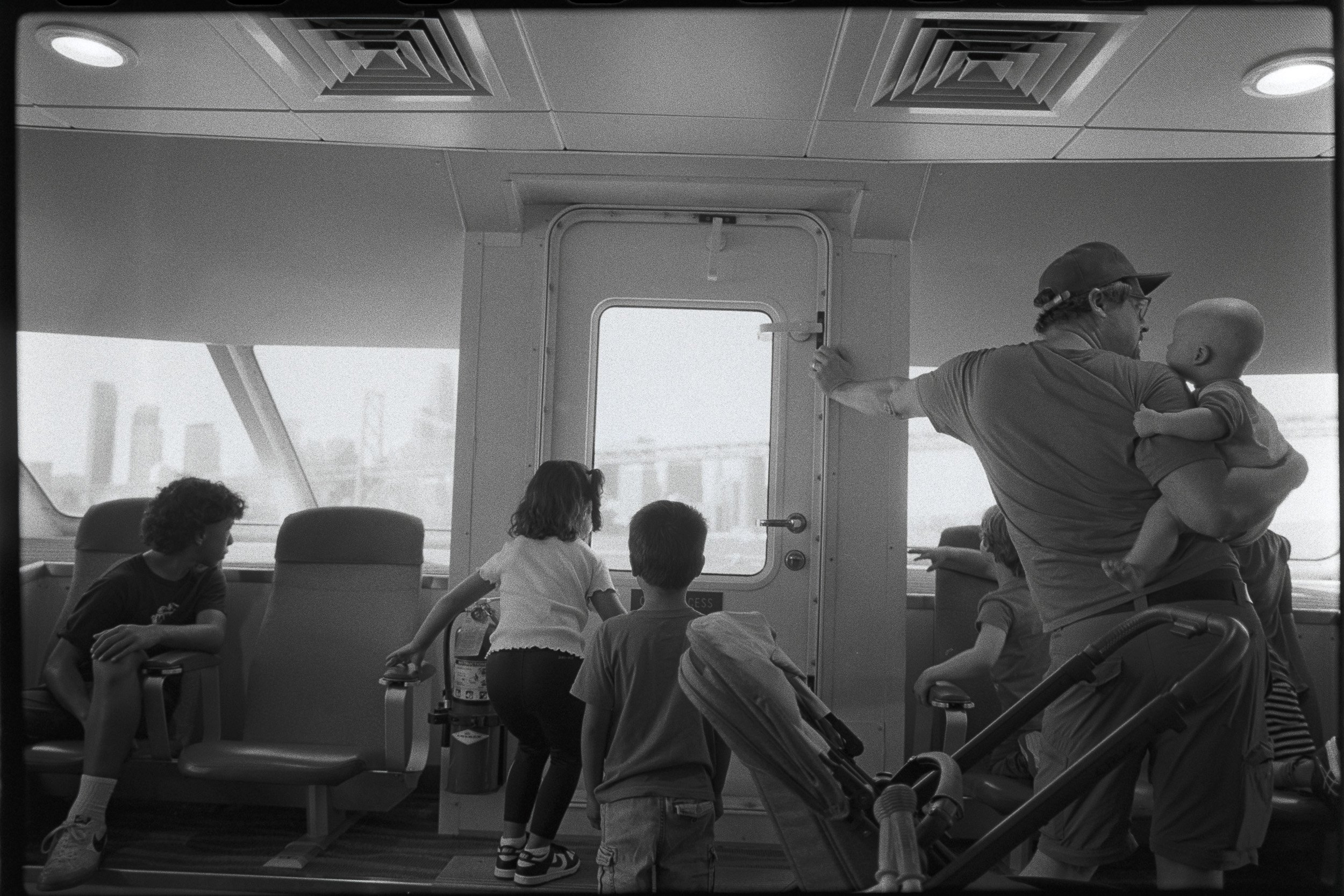
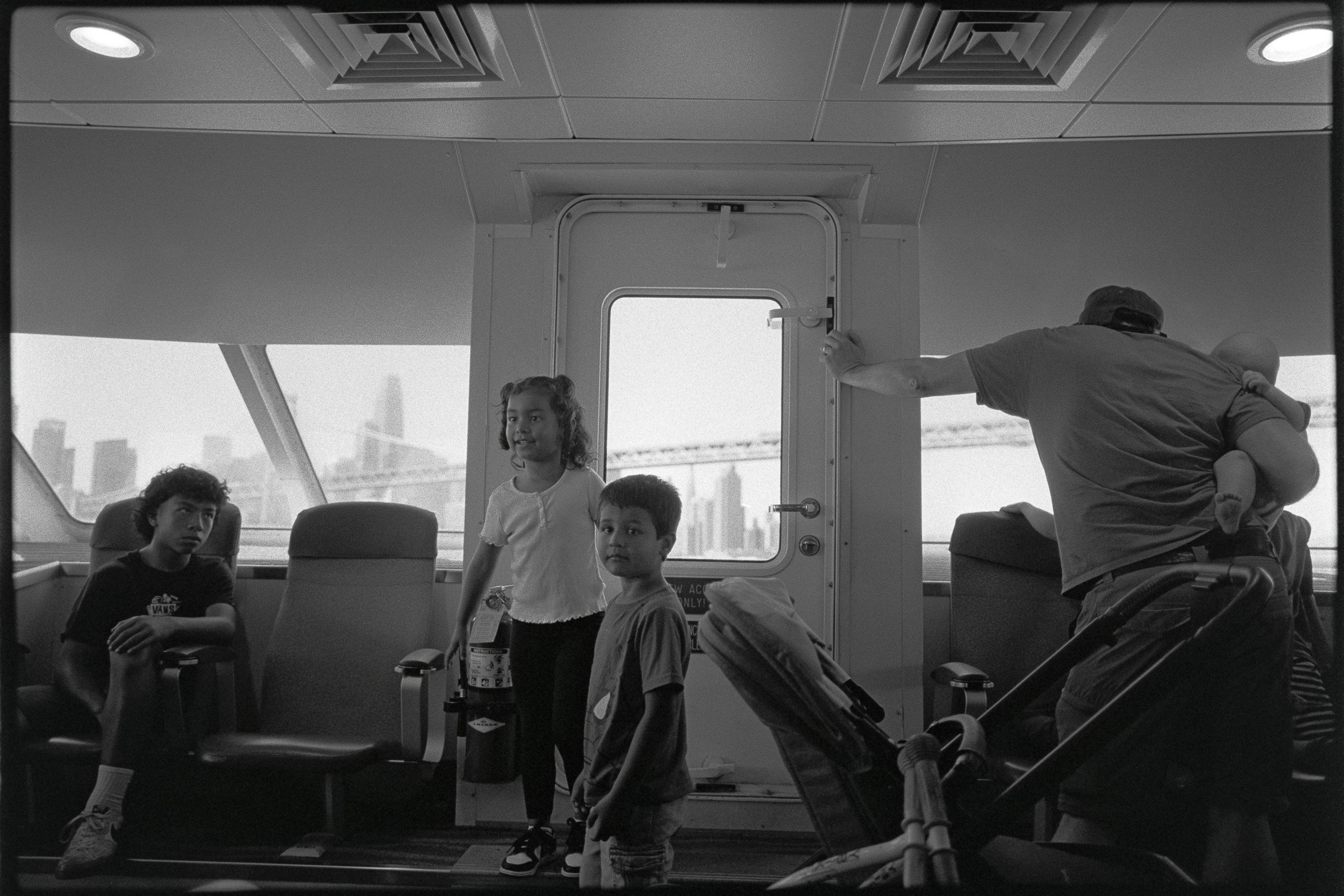
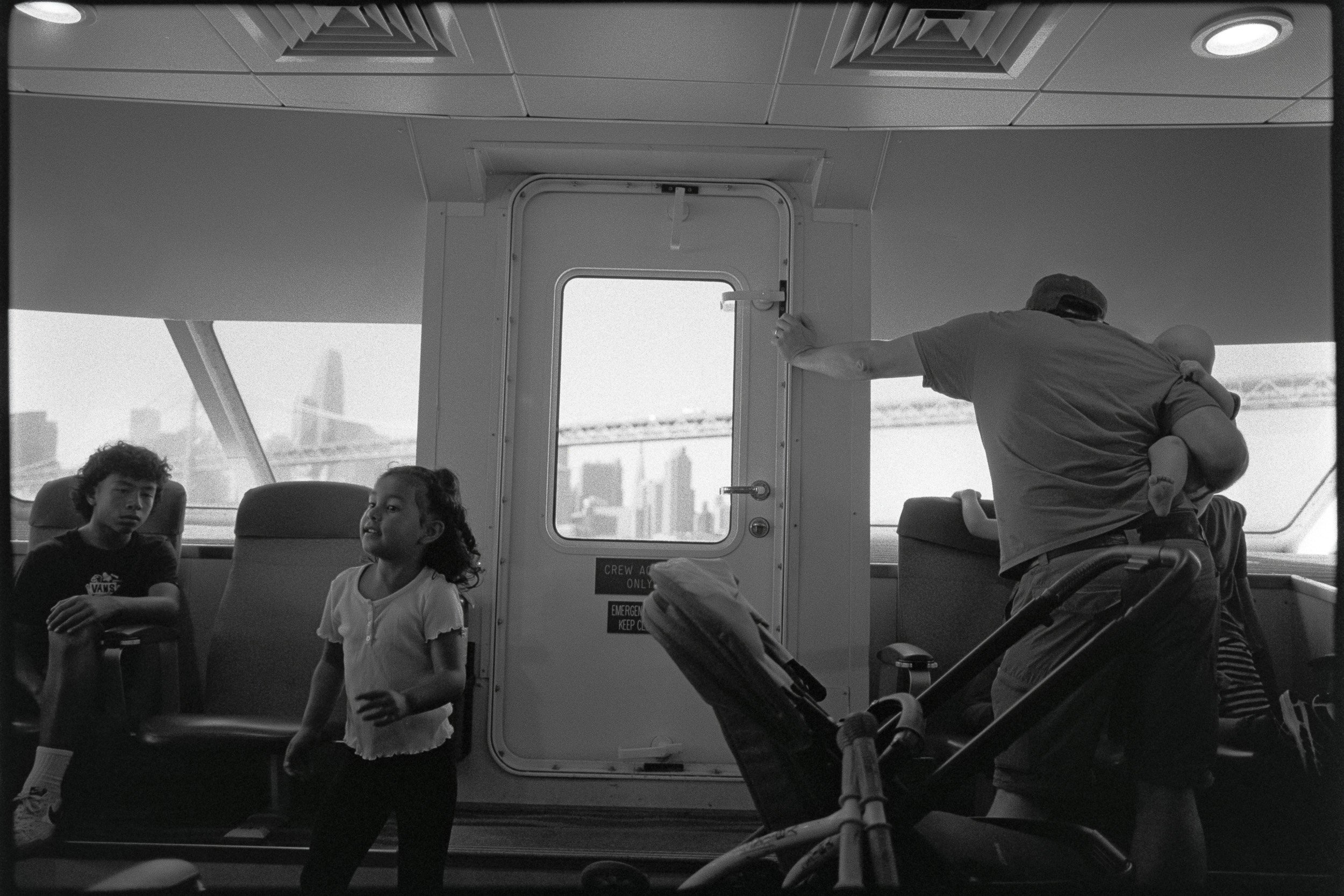
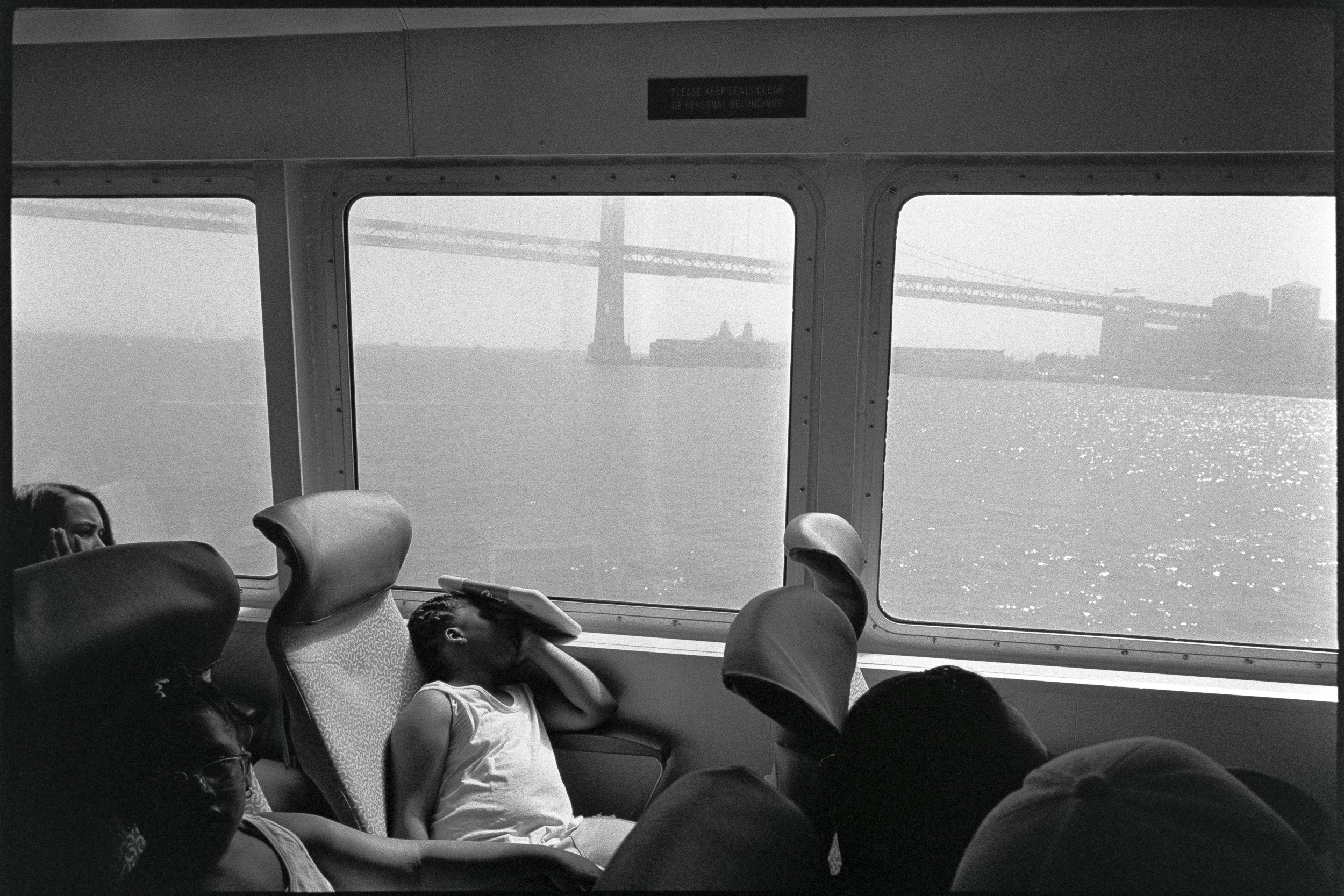
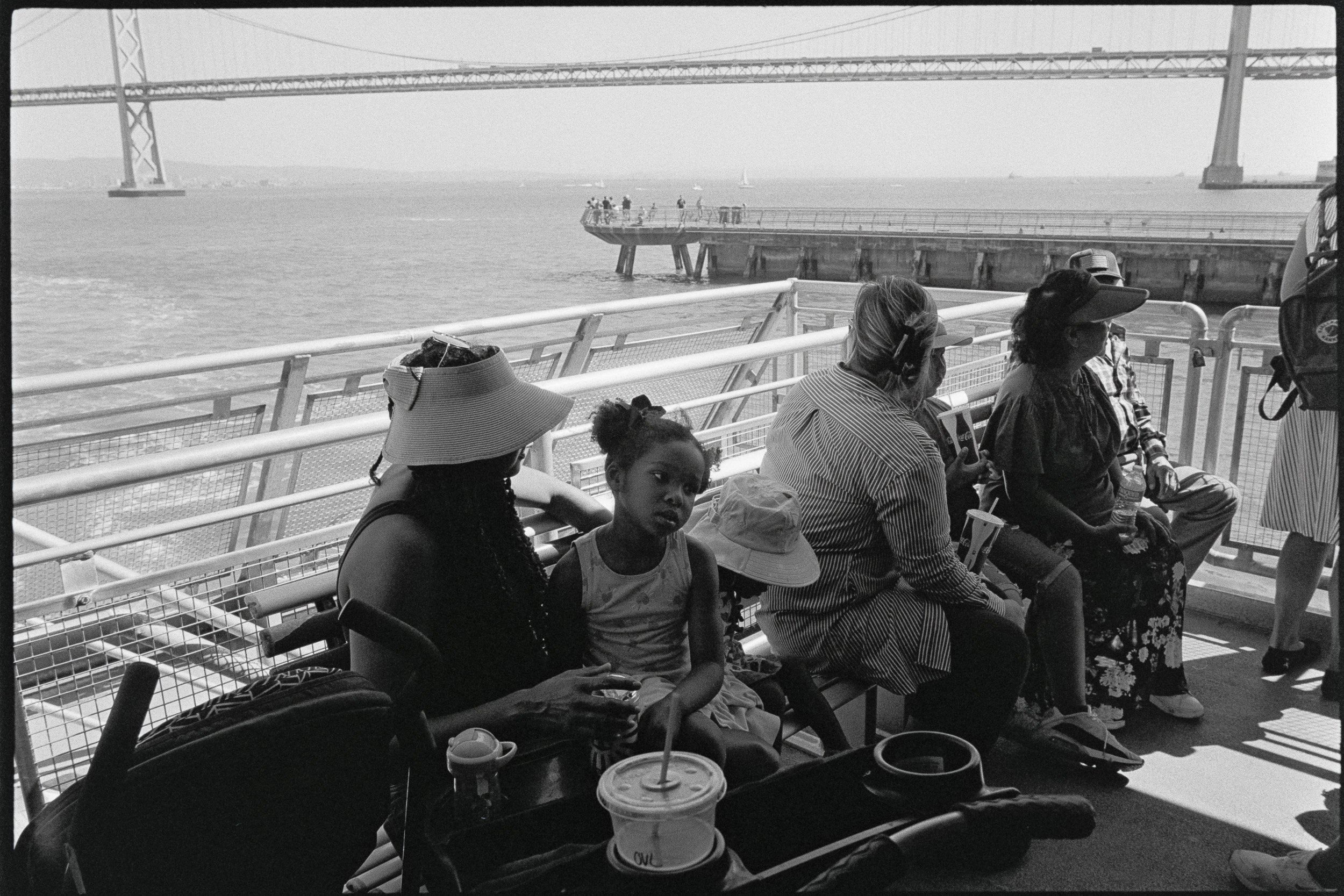
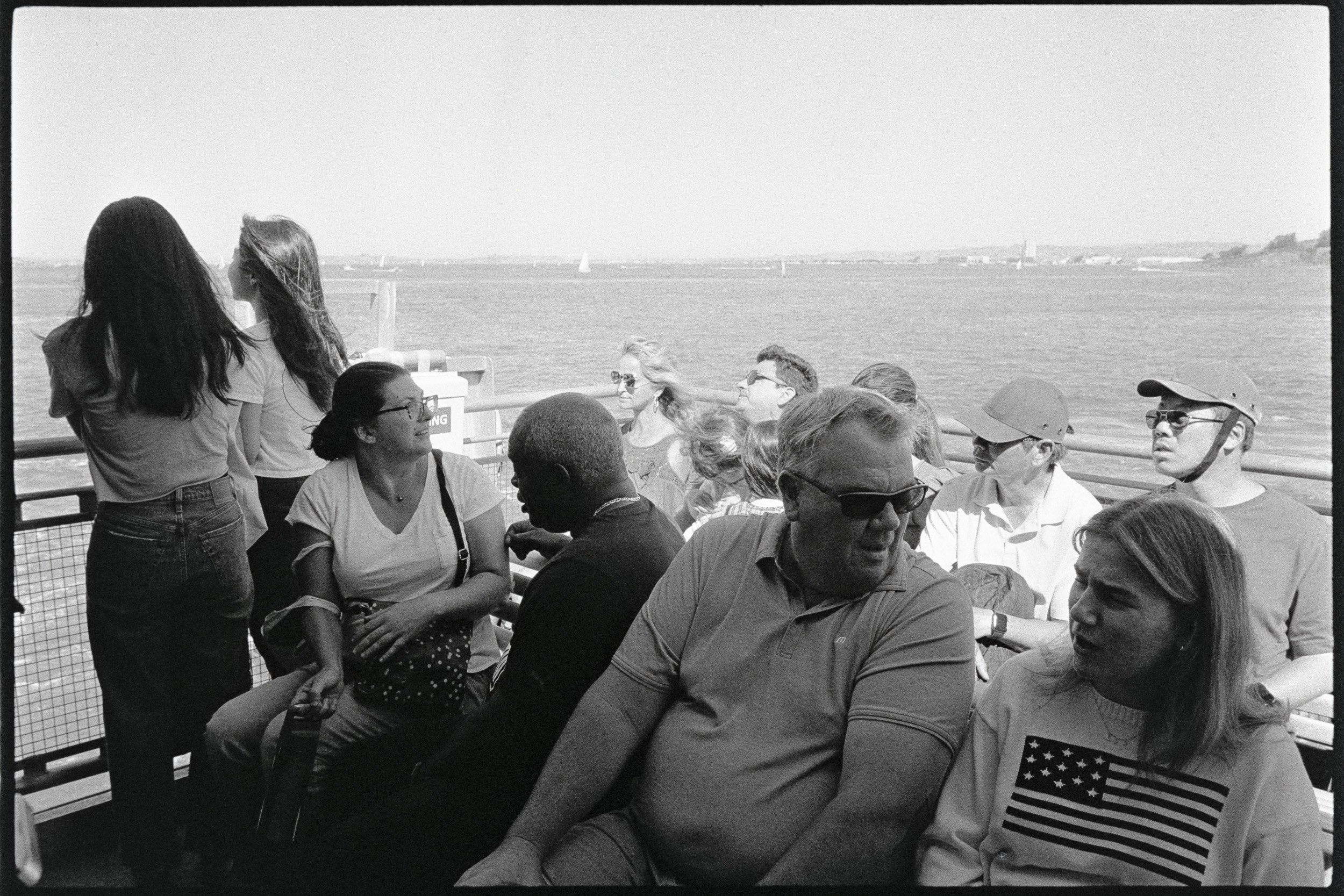
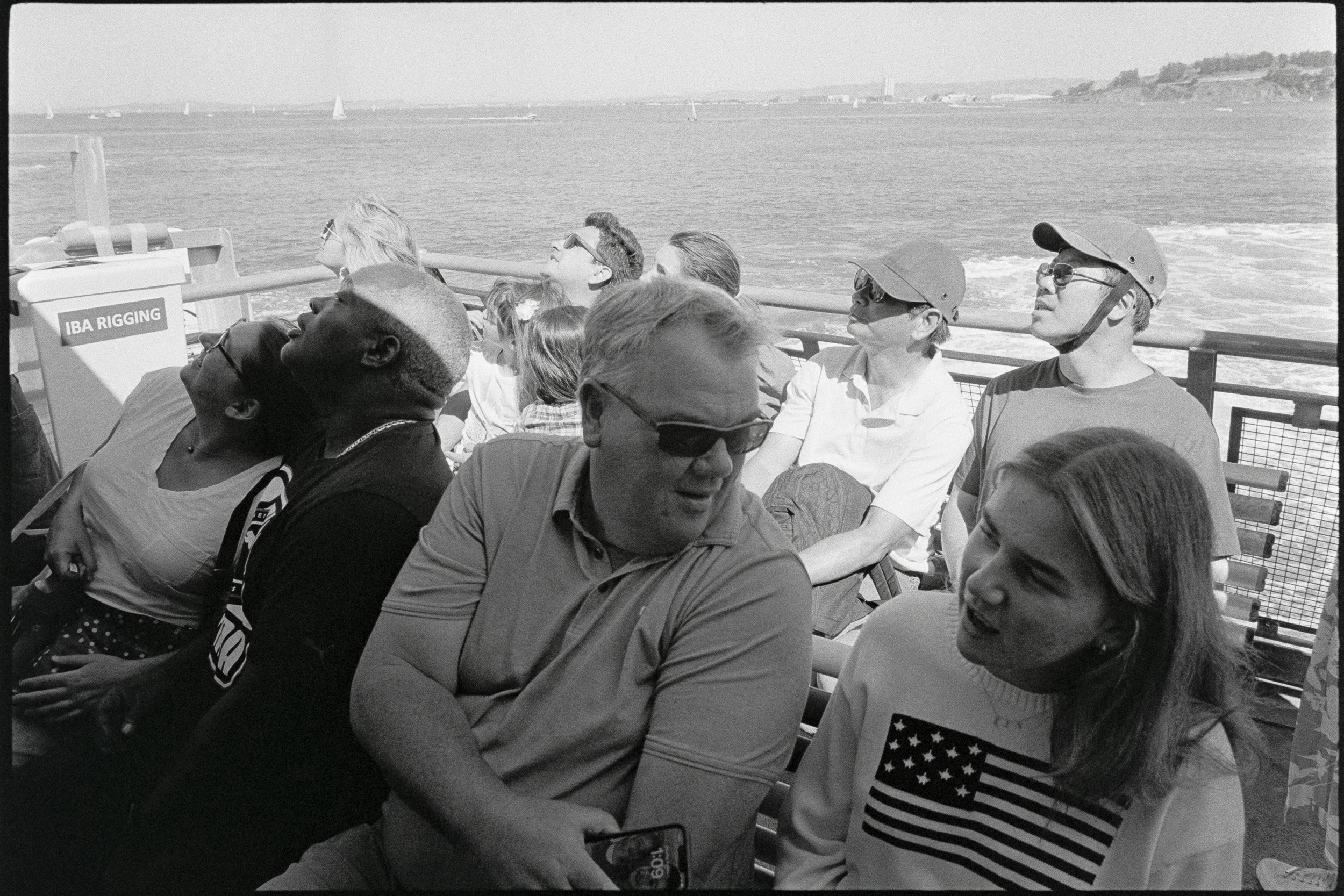
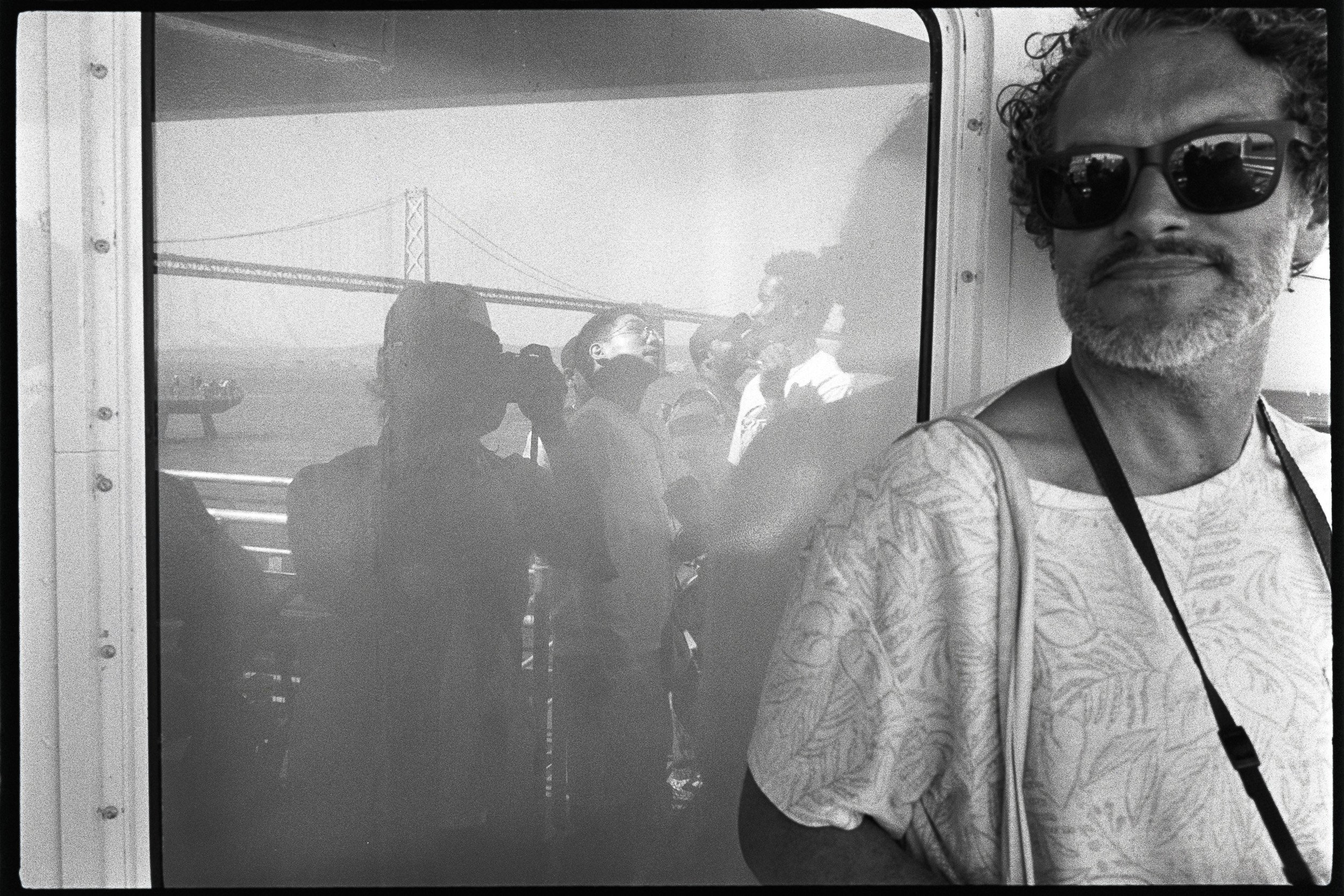
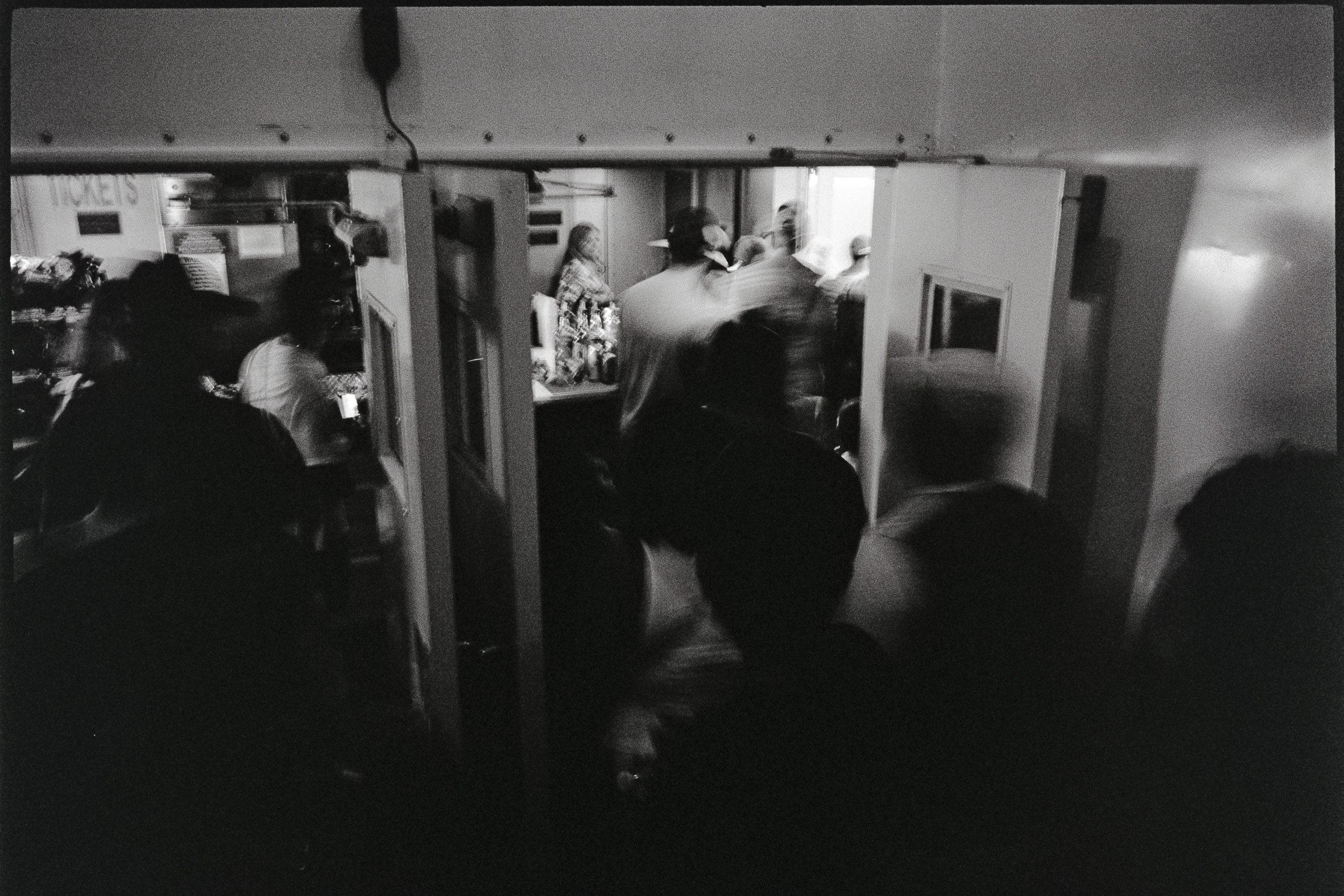
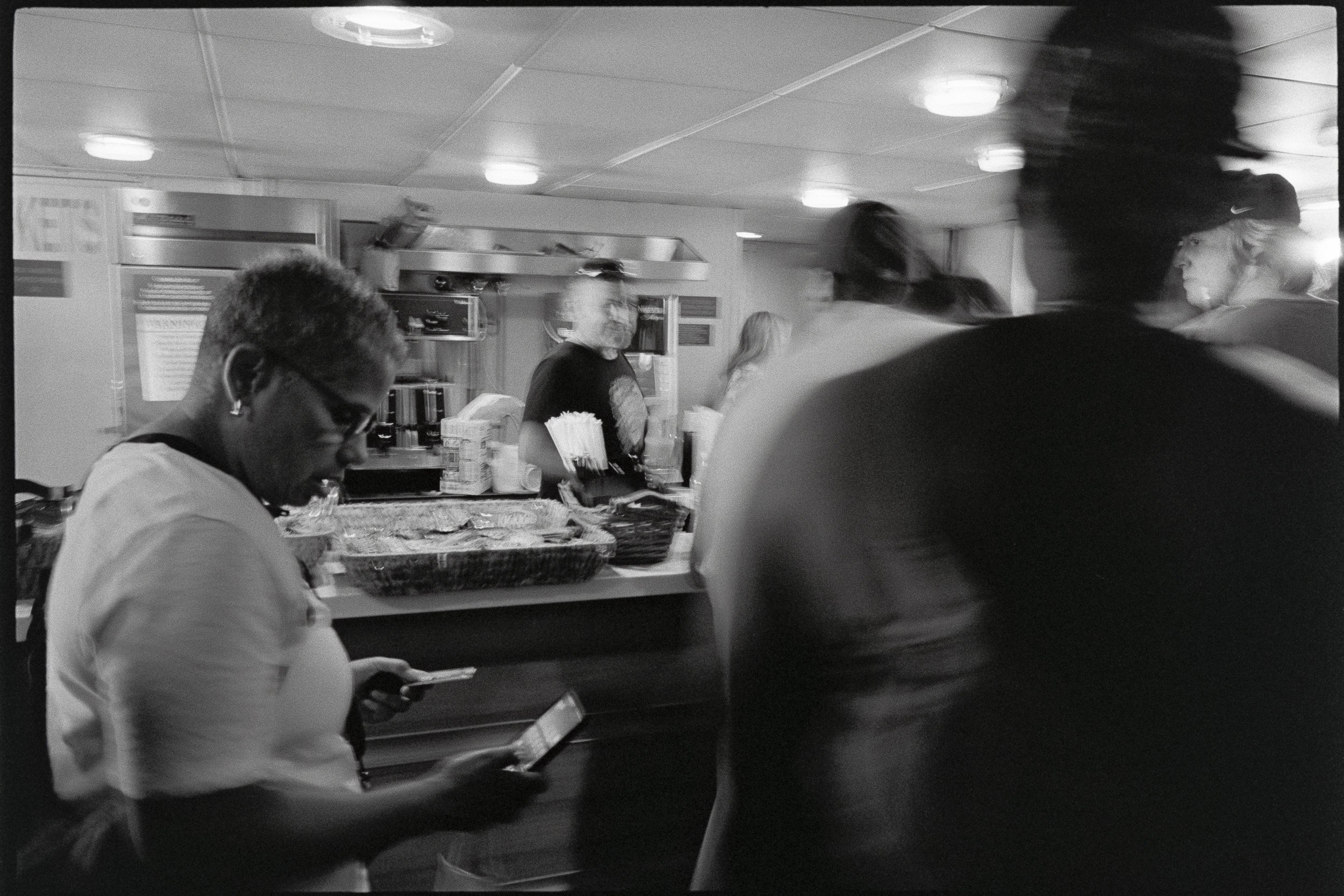
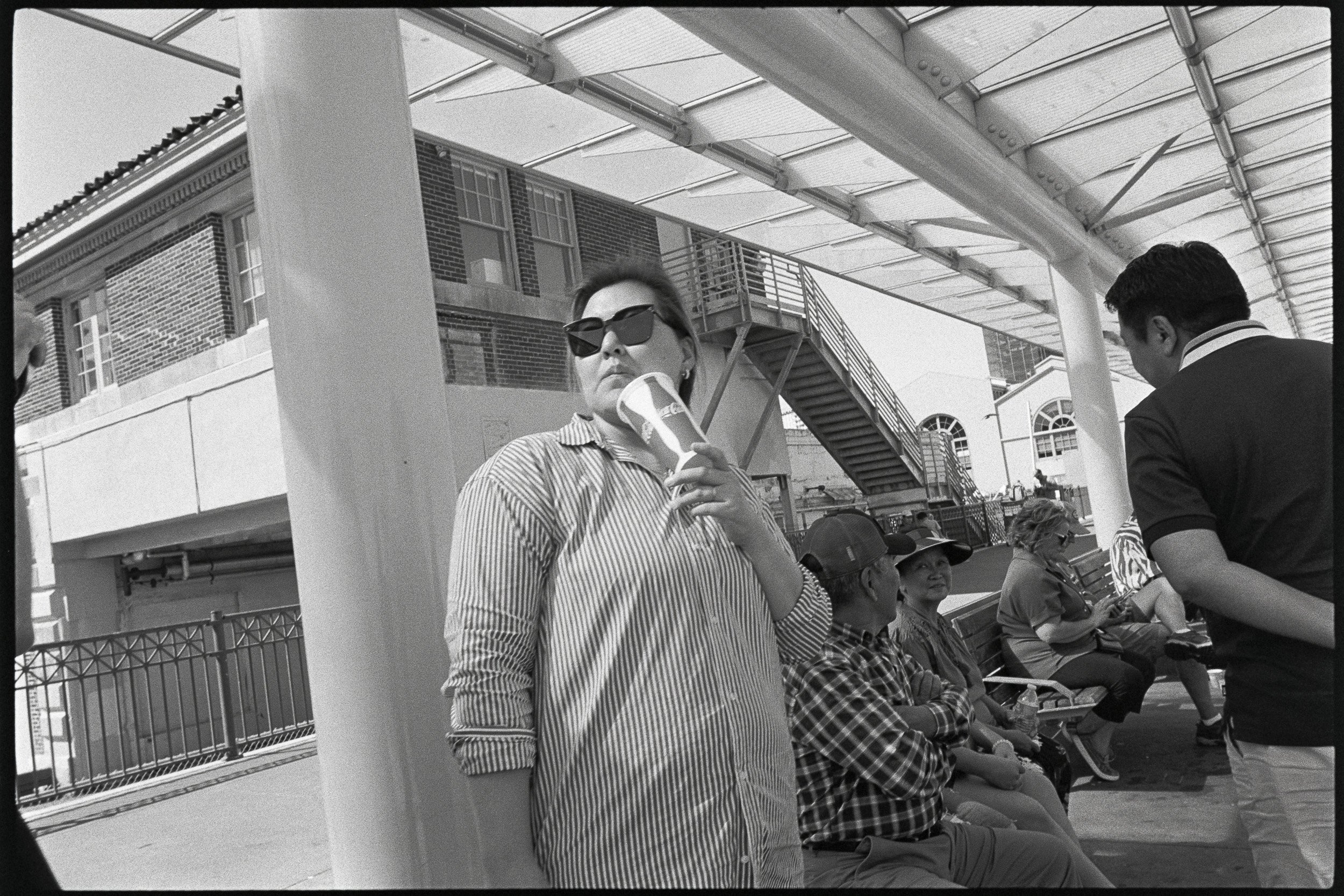
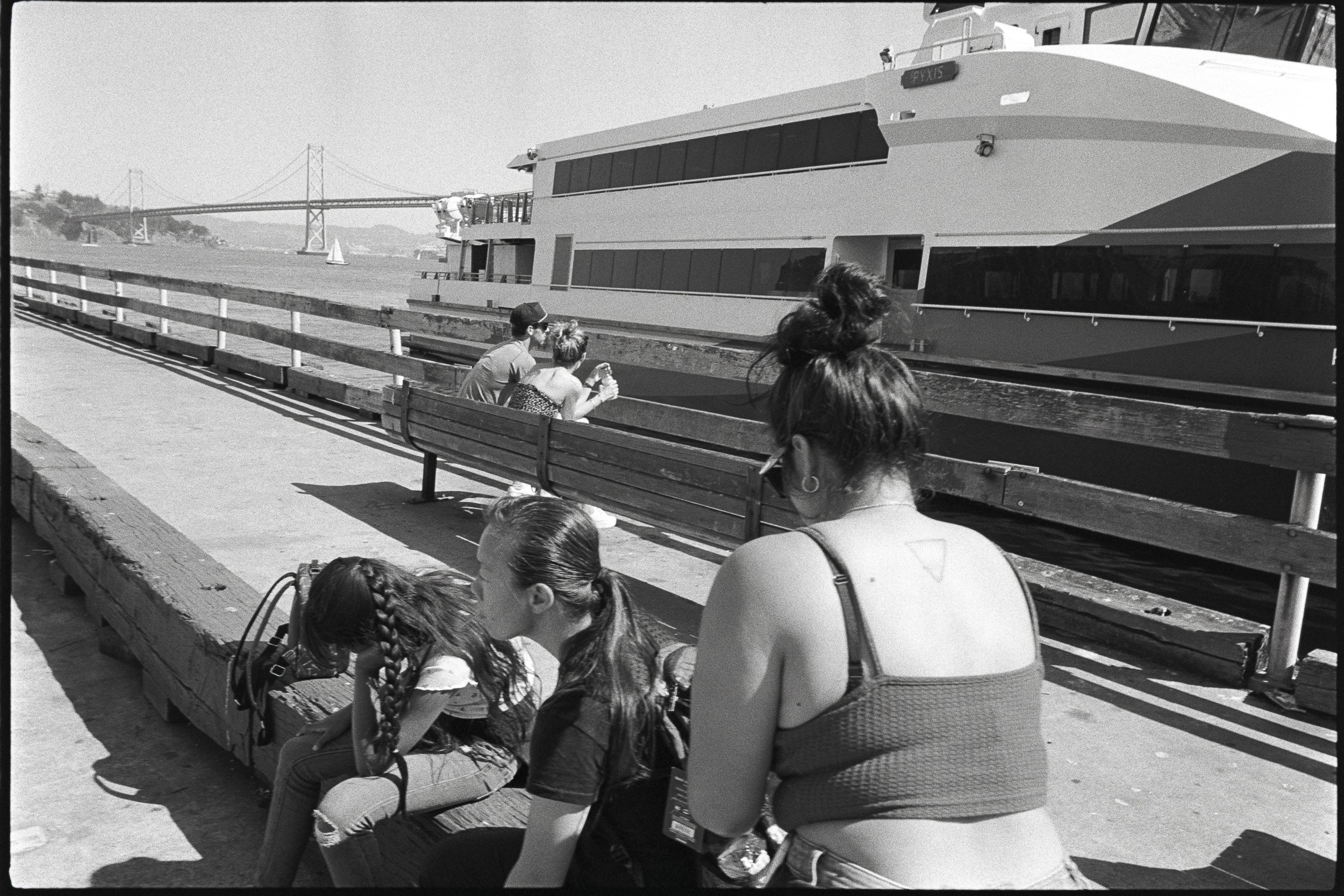
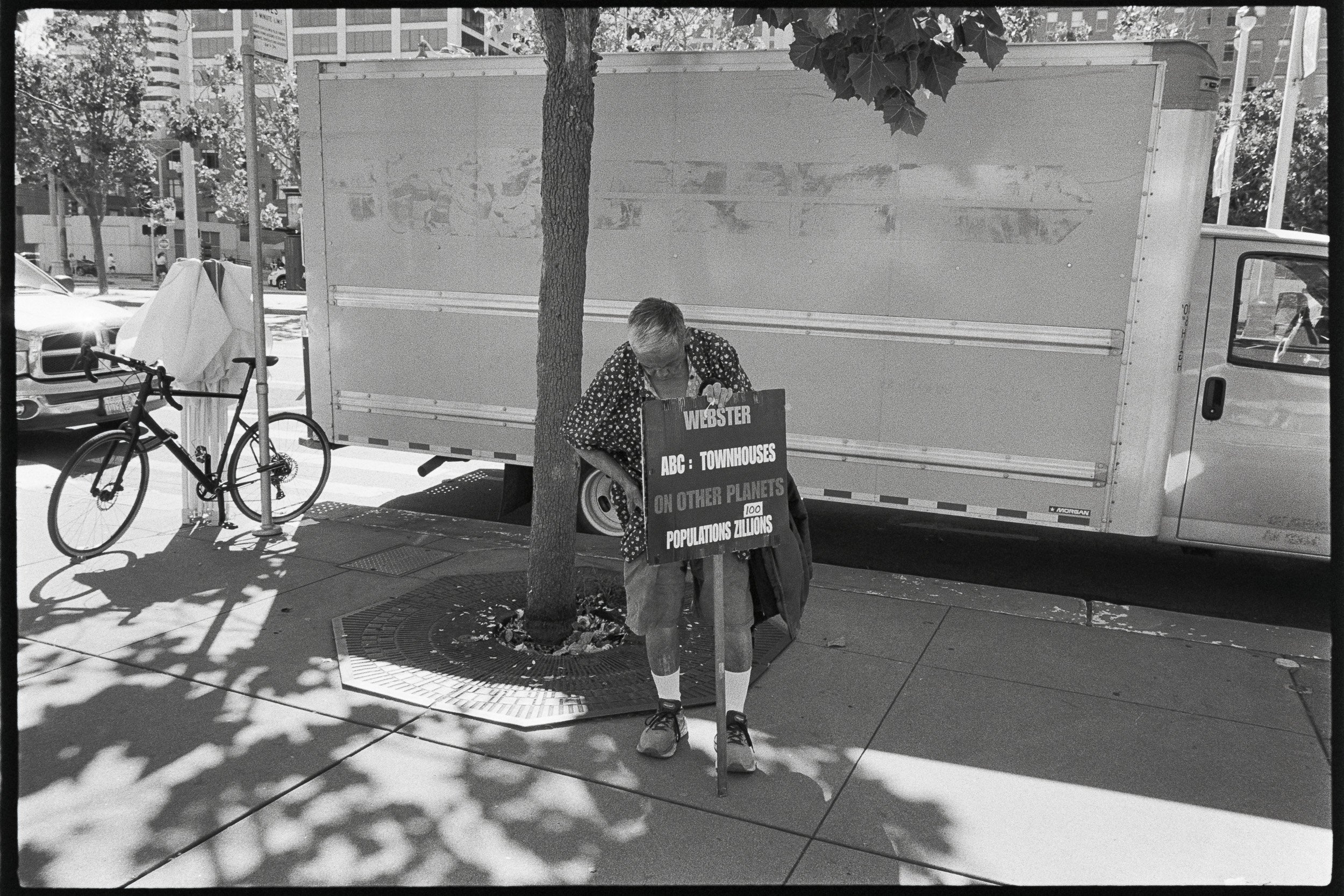
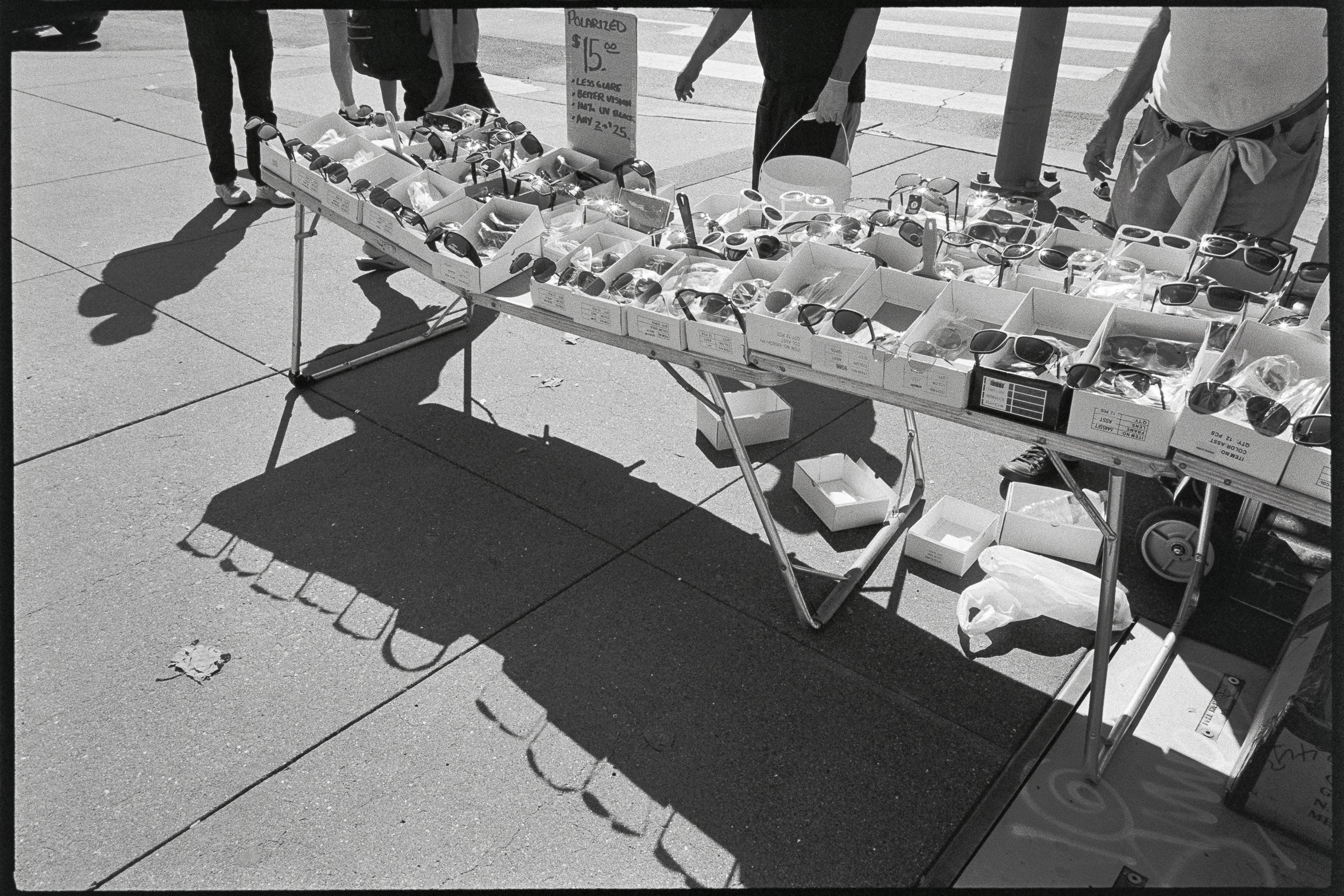
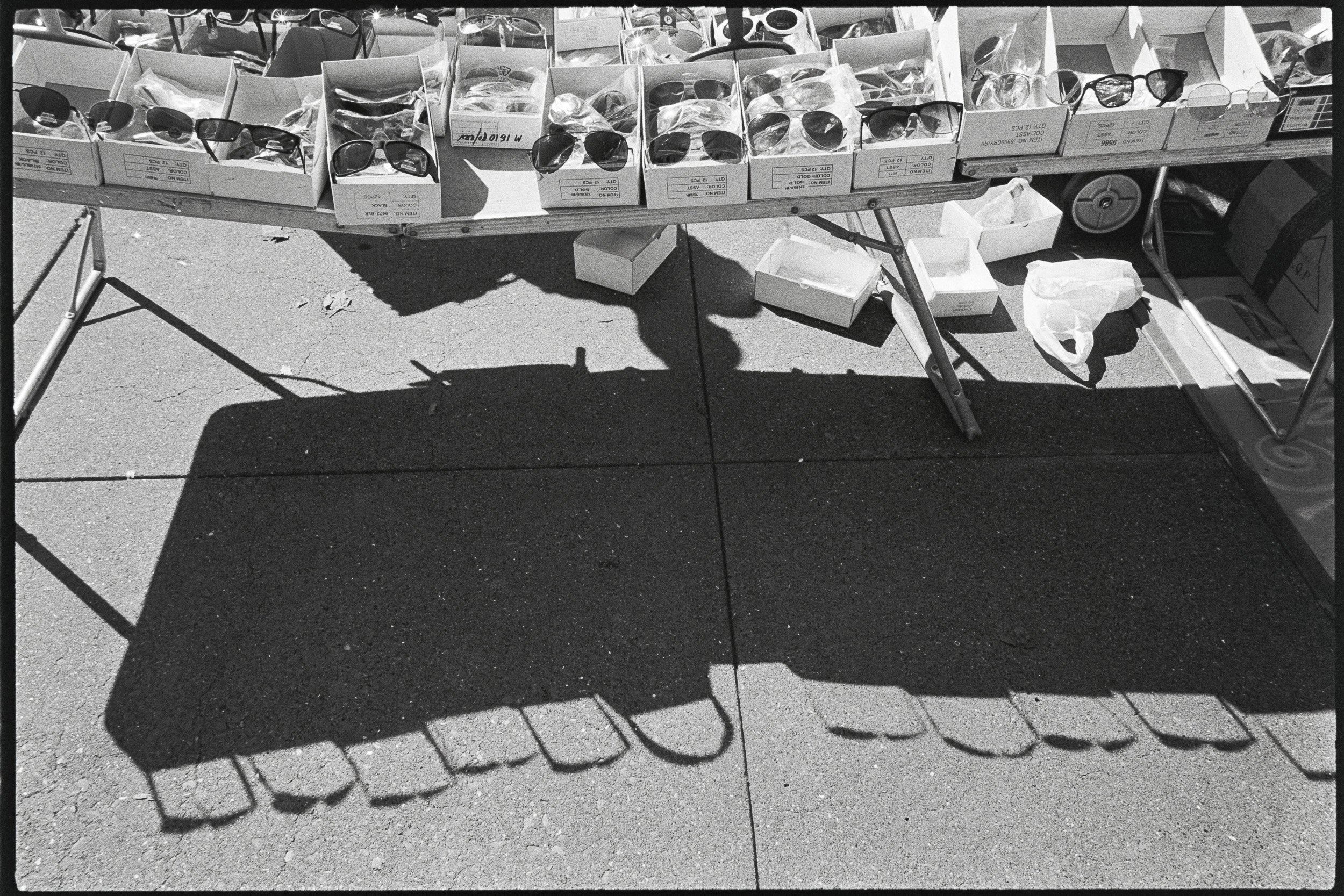

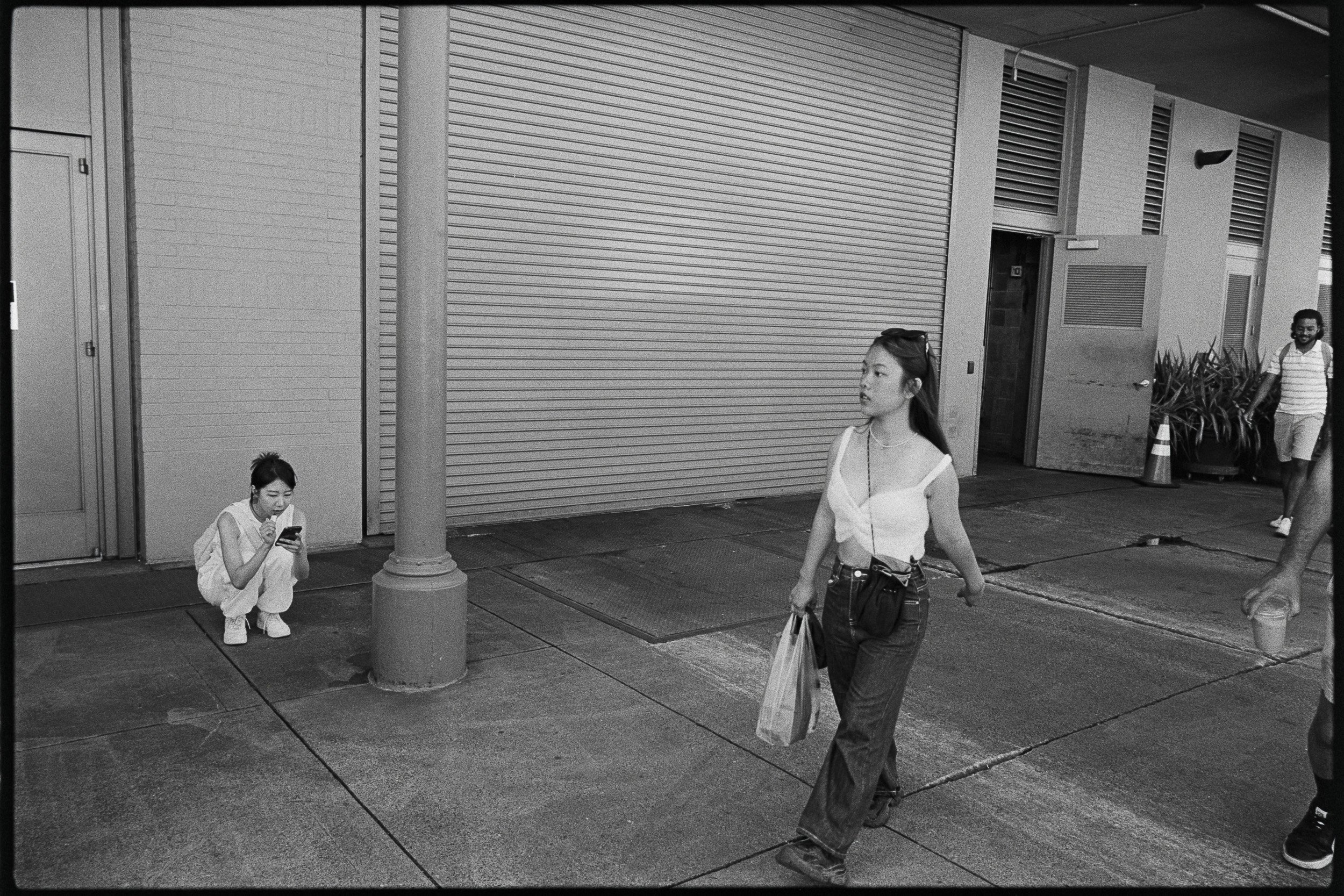
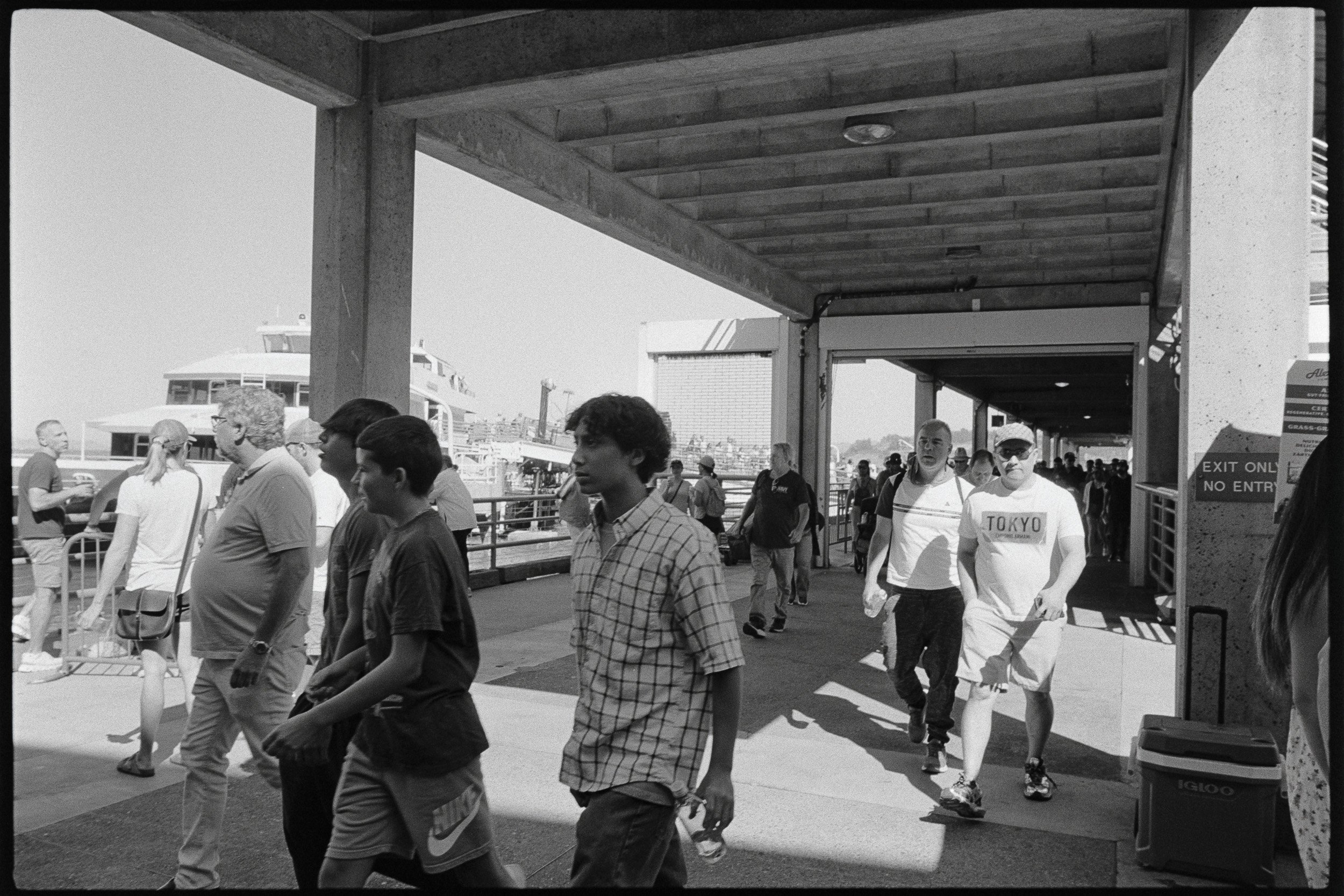
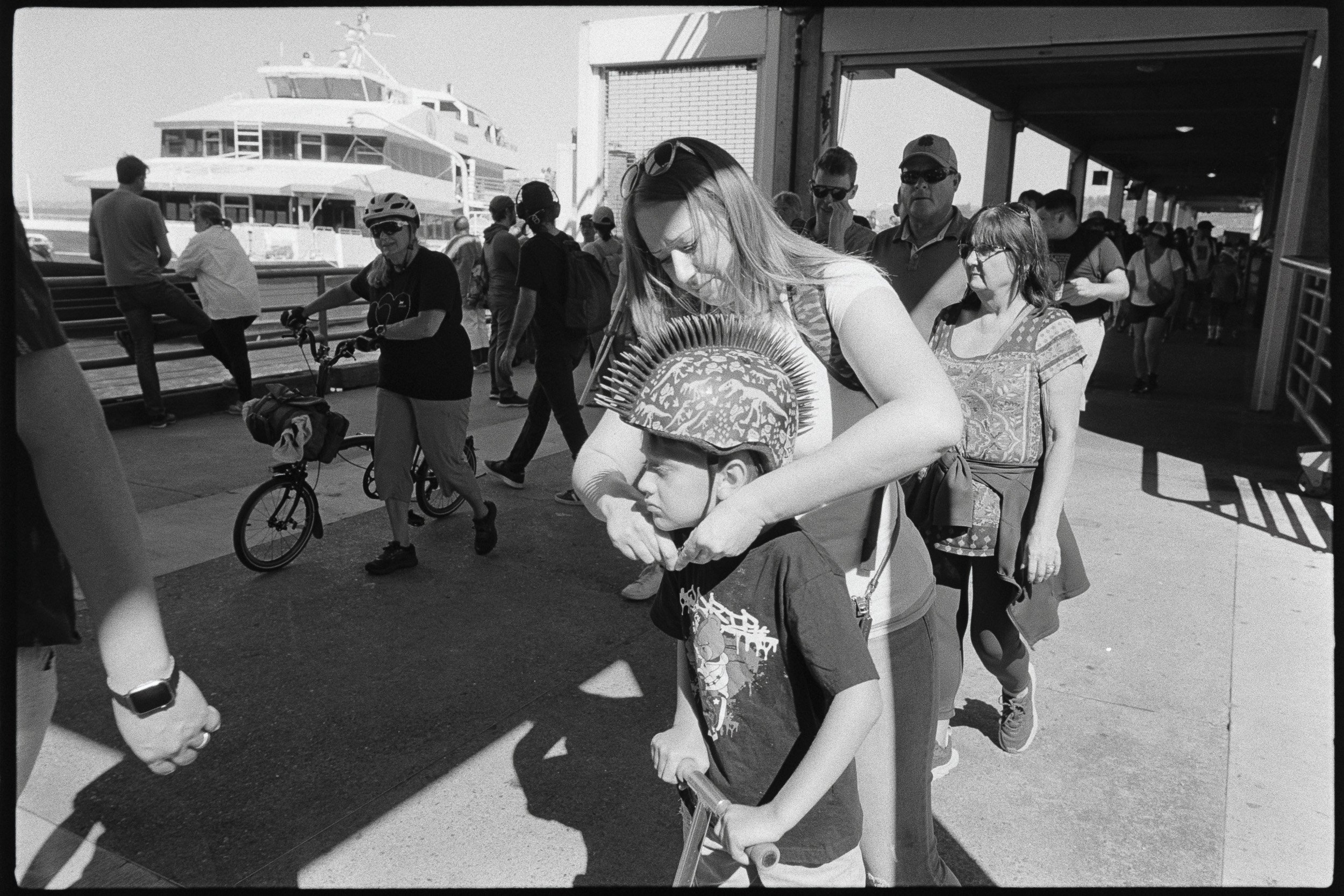
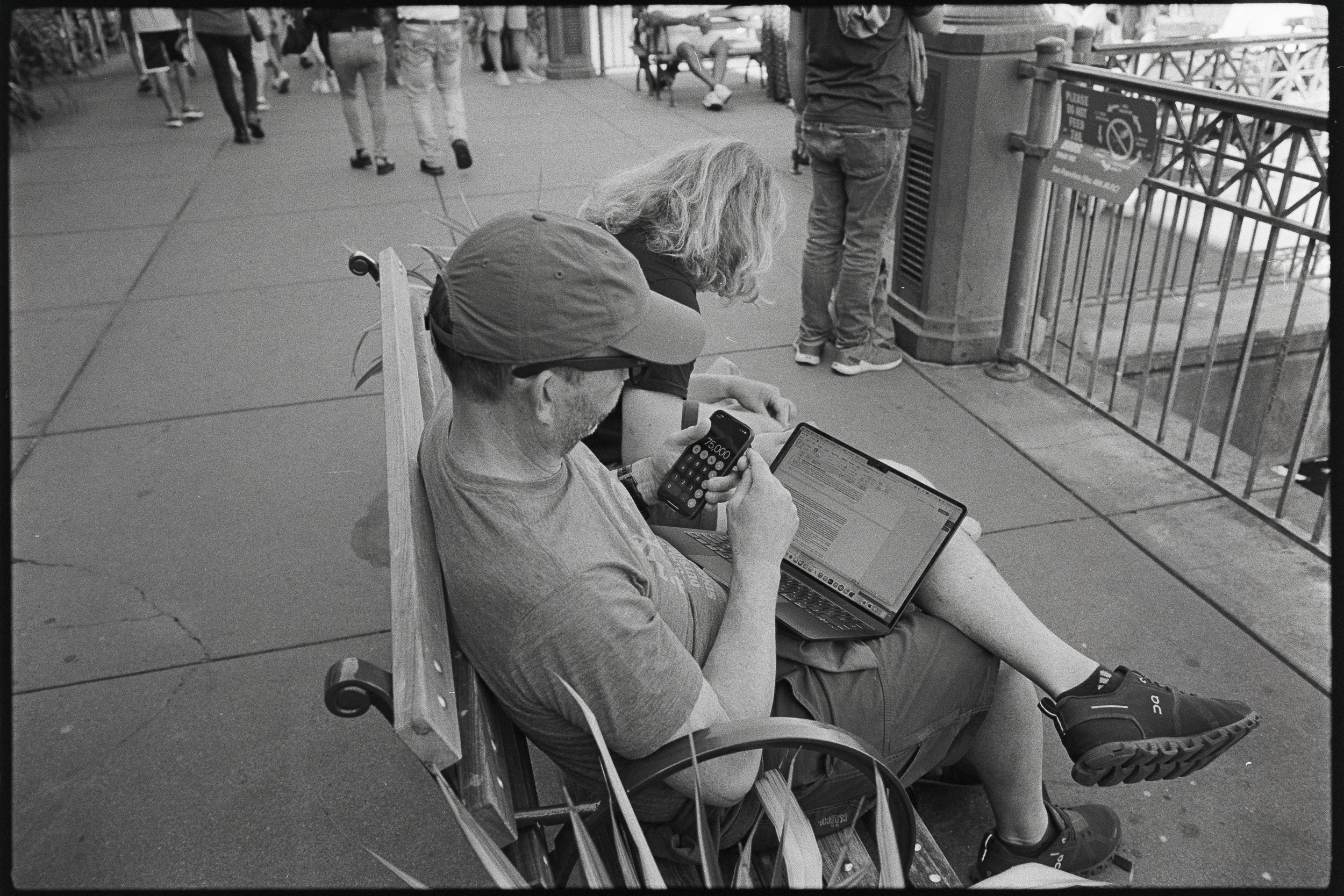
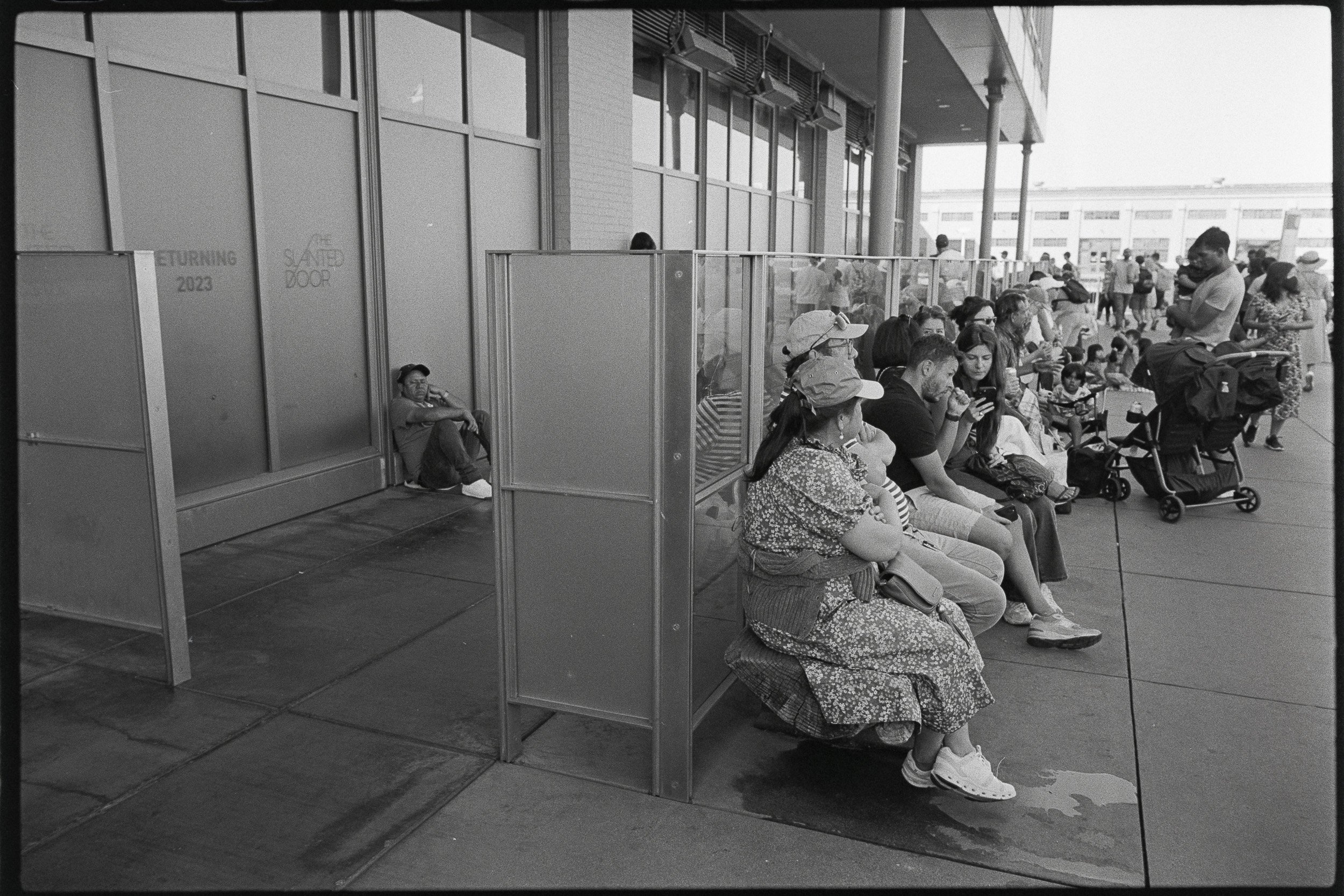




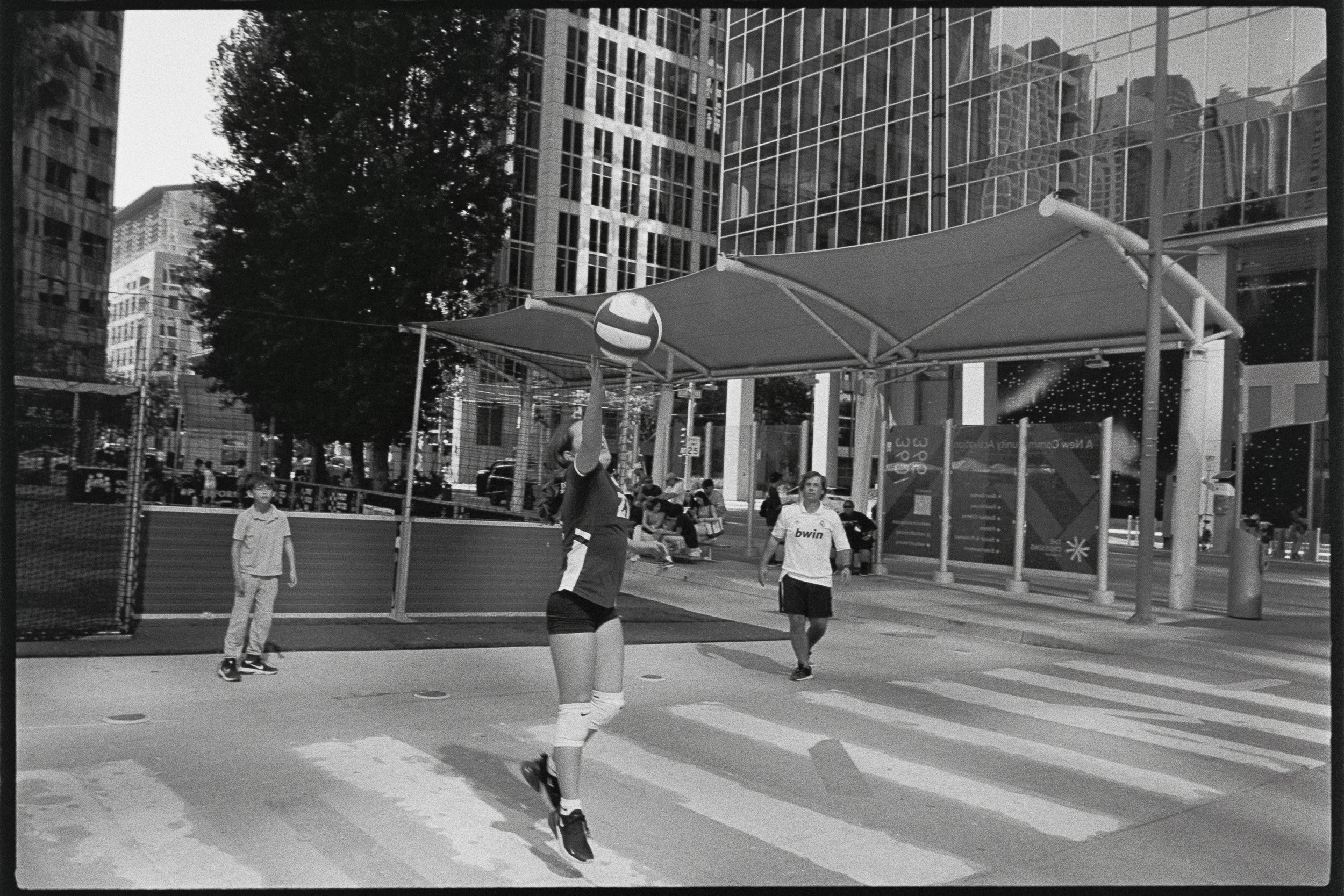


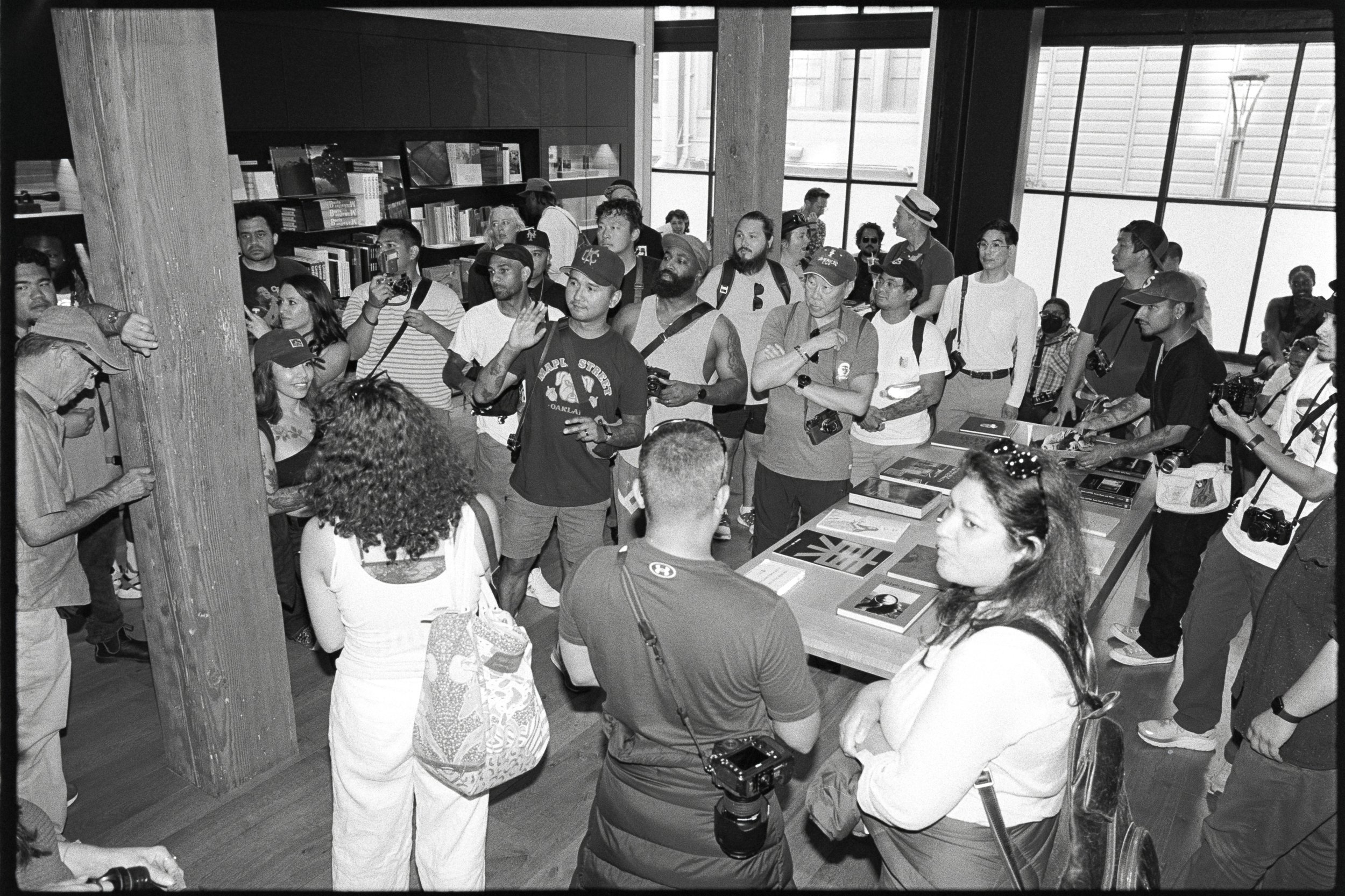


Leica M-A
This entry is all about making street portraits during a global pandemic. Think of this as a follow up post or sequel to “From the archives - 08.19.2020” .
In my previous post about making street portraits, I talked about how I became comfortable with approaching strangers for their portraits. However, with COVID-19 having been around for close to a year now, this posed a challenge for me both creatively and mentally. Those challenges being: Do I want to approach strangers during a pandemic? How do I even begin to ask people for their portraits? How could I even make an interesting portrait with most of their face covered?
At first it was pretty difficult, no one was really out. The streets of San Francisco was still relatively empty which meant I had to look a little harder or really keep an eye out for anyone that piqued my interest. I thought the aspect of the mask would hide too much of the persons face or be too distracting for a portrait. But then I soon realized that the masks people are wearing became more expressive or added a layer of mystery to them. The masks had an interesting way of adding to the subjects outward personality but without being too distracting. Some people even took down their masks because they preferred their expressions shown (All their choice, I didn’t ask them to).
I also knew I had to change my approach to interacting with strangers. Being the soft spoken person I am, I had to learn to communicate with people through a mask that usually muffles my voice. This meant I had to project my voice louder than I’m comfortable with, but not in a way that changes my tone and speak with clear intentions. I would still compliment the people I talked to as a means of connecting with them; sometimes it worked, sometimes it didn’t. I felt like most people didn’t want to interact with a stranger and I totally respected that. But of the people that did let me photograph them I kept the interactions brief and respected their boundaries.
I feel like photographing people in masks is going to be the norm for a while until things are deemed safe and Covid is not a serious threat anymore.
Shot on Kodak Ektachrome E100 and Kodak Tri-X 400 with a Leica M-A and a 35mm Summicron.
Hello again! It has been awhile since my last entry. The last couple months have been one hell of a rollercoaster. With that said, I have been photographing a lot but developing less and I’ve been trying to wrap up a project that I have been working on since the beginning of the pandemic (more on that in a future entry) which explains the lack of content for these entries.
This entry is dedicated to disembodied faces. What I mean by this is; faces are visible, yet they do not appear or are attached to the body or bodies in frame. I tend to “fire from the hip” and zone focus a lot when I’m out in the street. This results in 10% semi well composed happy accidents and 90% missed or uninteresting photographs. Not all of these are “from the hip”, some are composed solely based on the subject manner and what is present in the frame. These photographs were made with the intent of composition practice, which is something that I have been working on and wanting to improve for the past couple of months. After seeing these results, I feel a bit more confident in my “from the hip” compositions as well as choosing what to show in the frame.
Shot on Kodak Tri-X 400 with a Leica M-A and a 35mm Summicron.
This entry is about photographs that are visual time stamps of an era.
The inspiration for this post mainly has to do with looking at photo books that are period specific (ie: photographed in earlier decades of the 20th century). The photographers of that time lived through the reality of what they were photographing and as a result, they were able to share and showcase what they’ve experienced to others. Some notable photographers are: Fred Lyon who photographed SF throughout the 1940’s until current day. Vivian Maier photographed her day to day in Chicago during the late 1950’s until the late 1990’s. And lastly, Gordon Parks documented a large part of the civil rights movement and showcased segregation through his eyes during the late 1950’s. This fascinated me because not only did they photograph important events of their time but also the quiet moments of their day to day. I got to see glimpses of different eras in a more intimate manner. This led me to rethink the way I want to photograph my own life and experiences.
Ever since I started commuting to work again, I’ve noticed how this pandemic and the fight to end systemic racism has been reshaping San Francisco. This has been a time of great change. In such a short amount of time we’ve undergone changes in business practices and social etiquette, an increased sense of empathy, and for the most part, some level of collective action to stay safe and healthy. These photographs for me, are a reflection of what’s going on in the mid to later half of 2020. With 3 months left in the year and 2 months left until the election, the rest of 2020 and the years that follow will be one to remember.
Shot on Kodak Tri-X 400 with a Leica M-A and a 40mm Summicron.
A few frames from a little weekend getaway. I have to say, it was nice to get a change of scenery for a few days since this pandemic started.
Shot on Kodak Portra 800 with a Leica M-A and 40mm Summicron.
Shot on Kodak Tri-X 400 with a Leica M-A and 40mm Summicron.